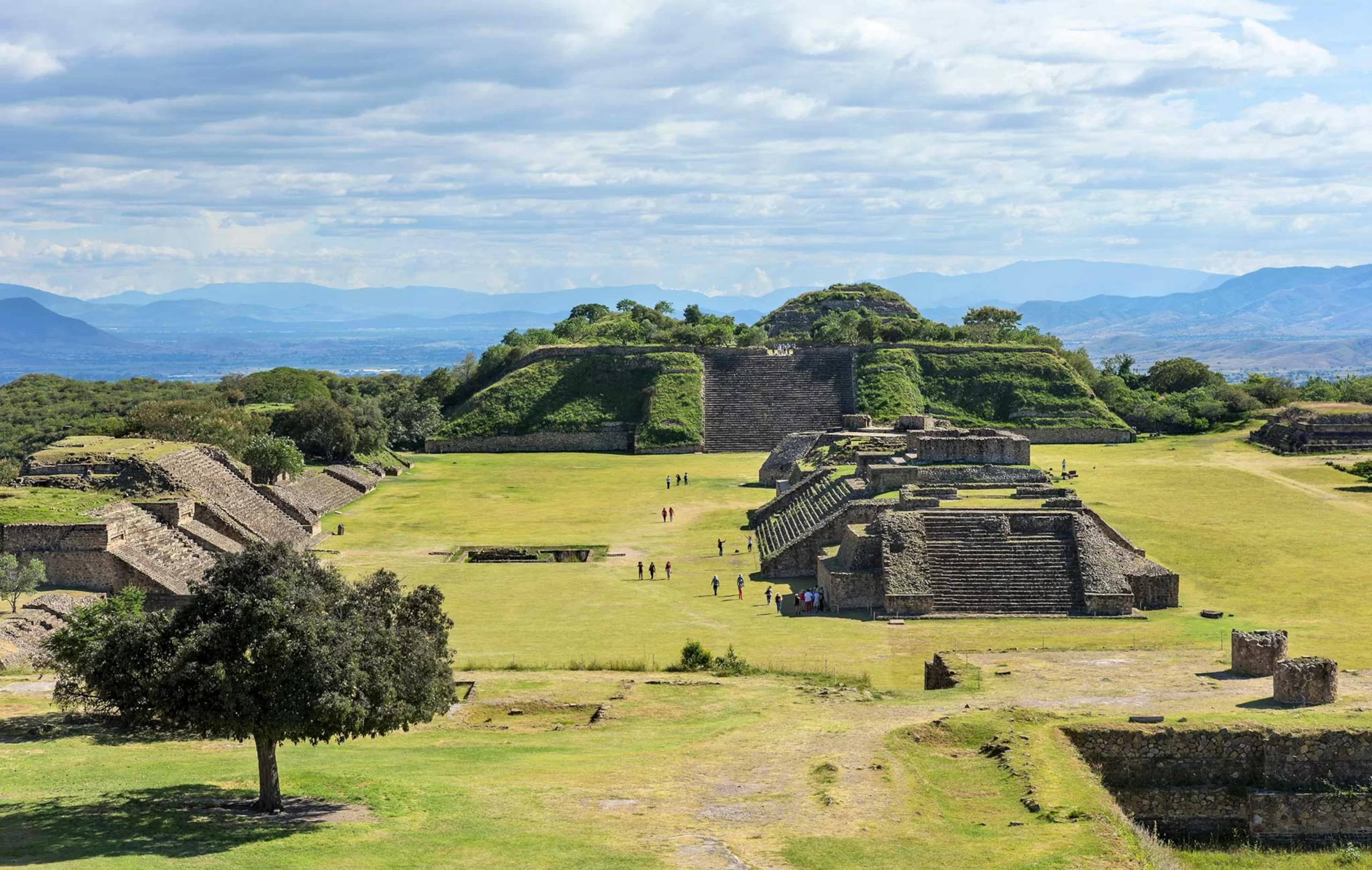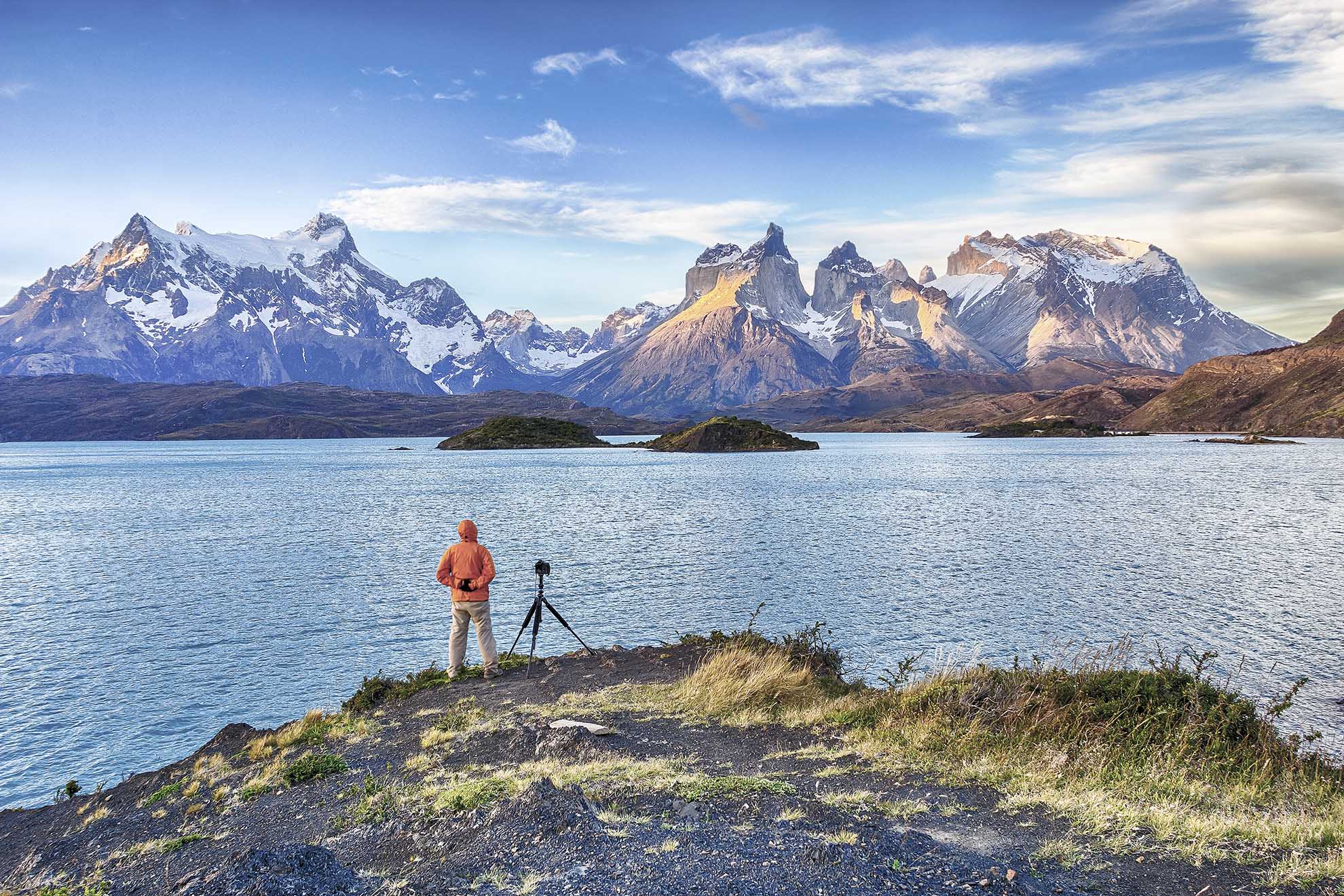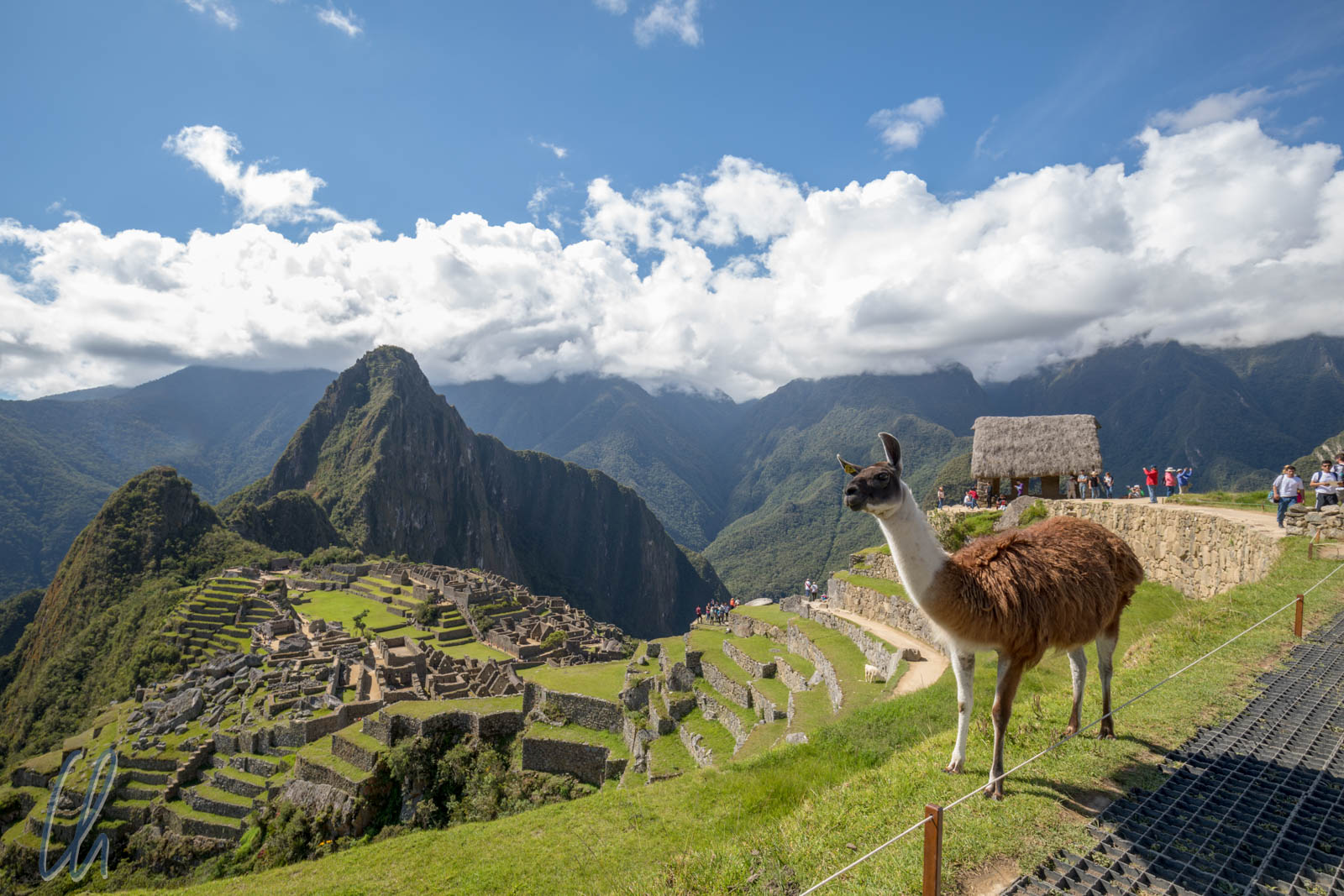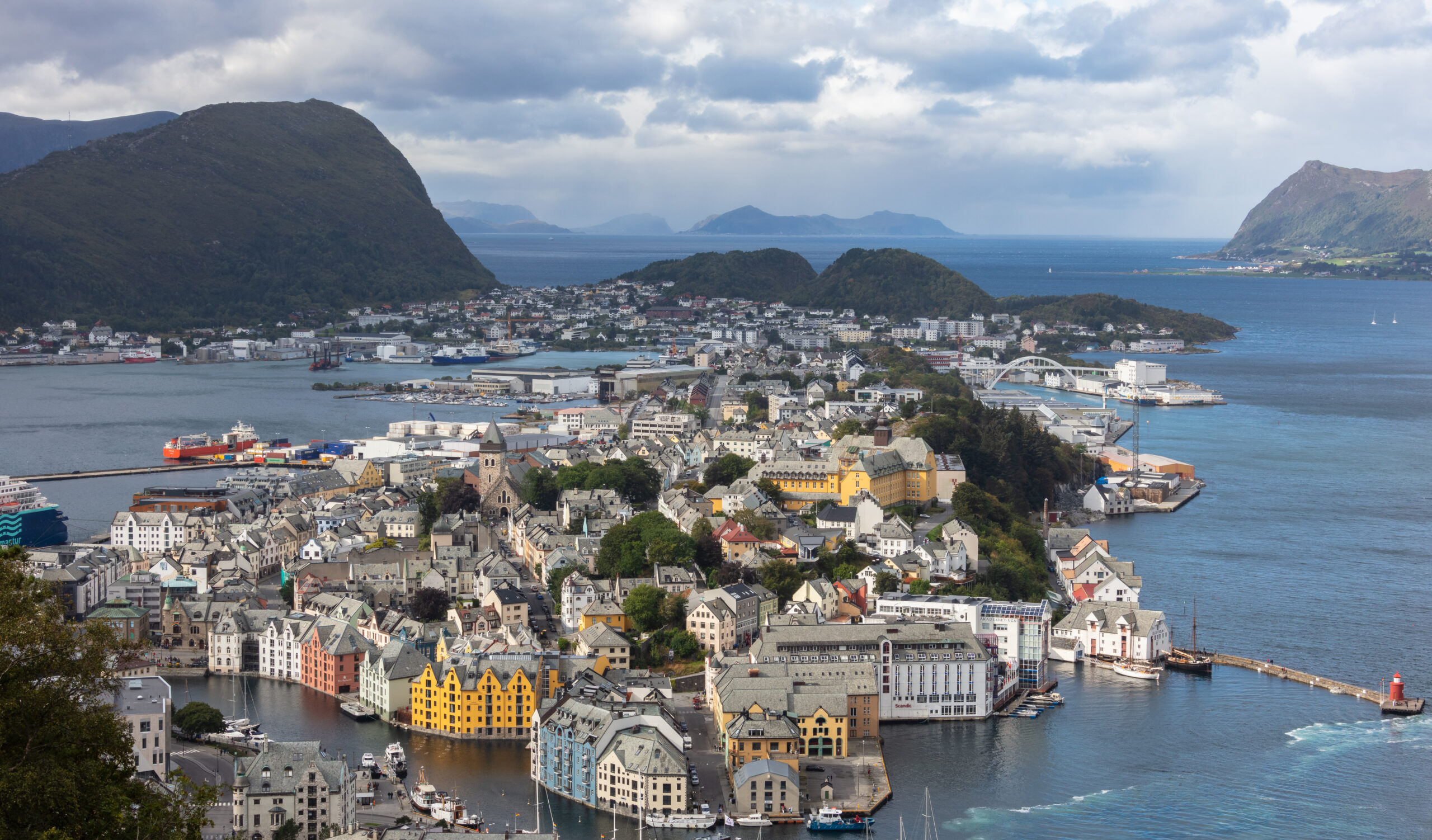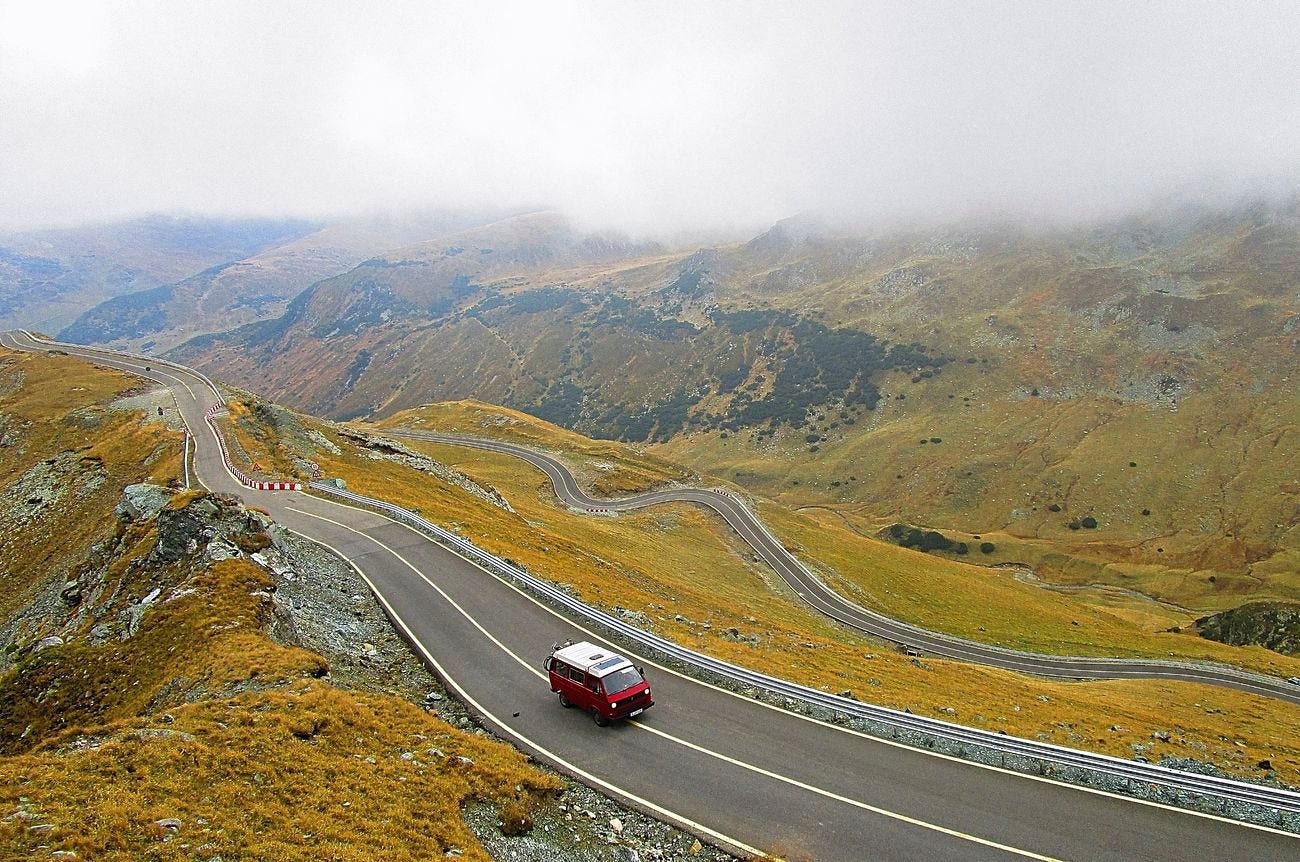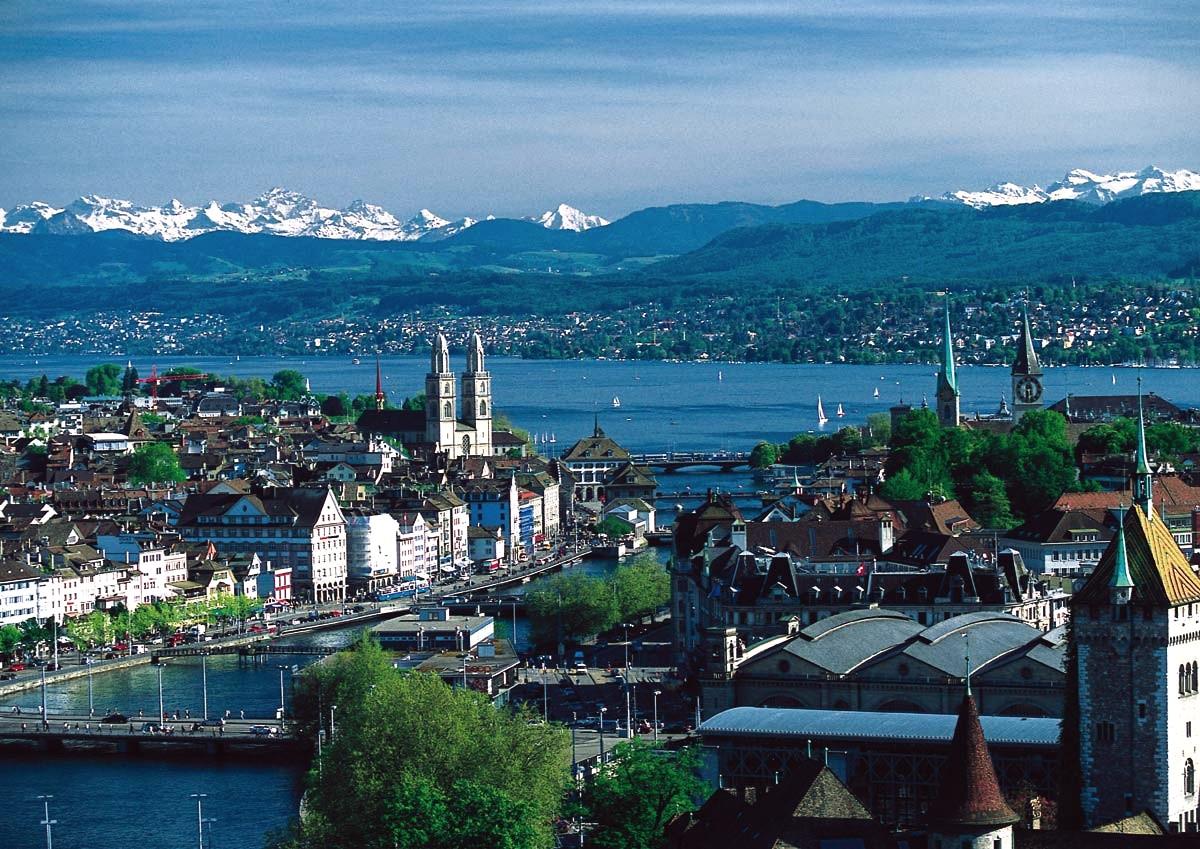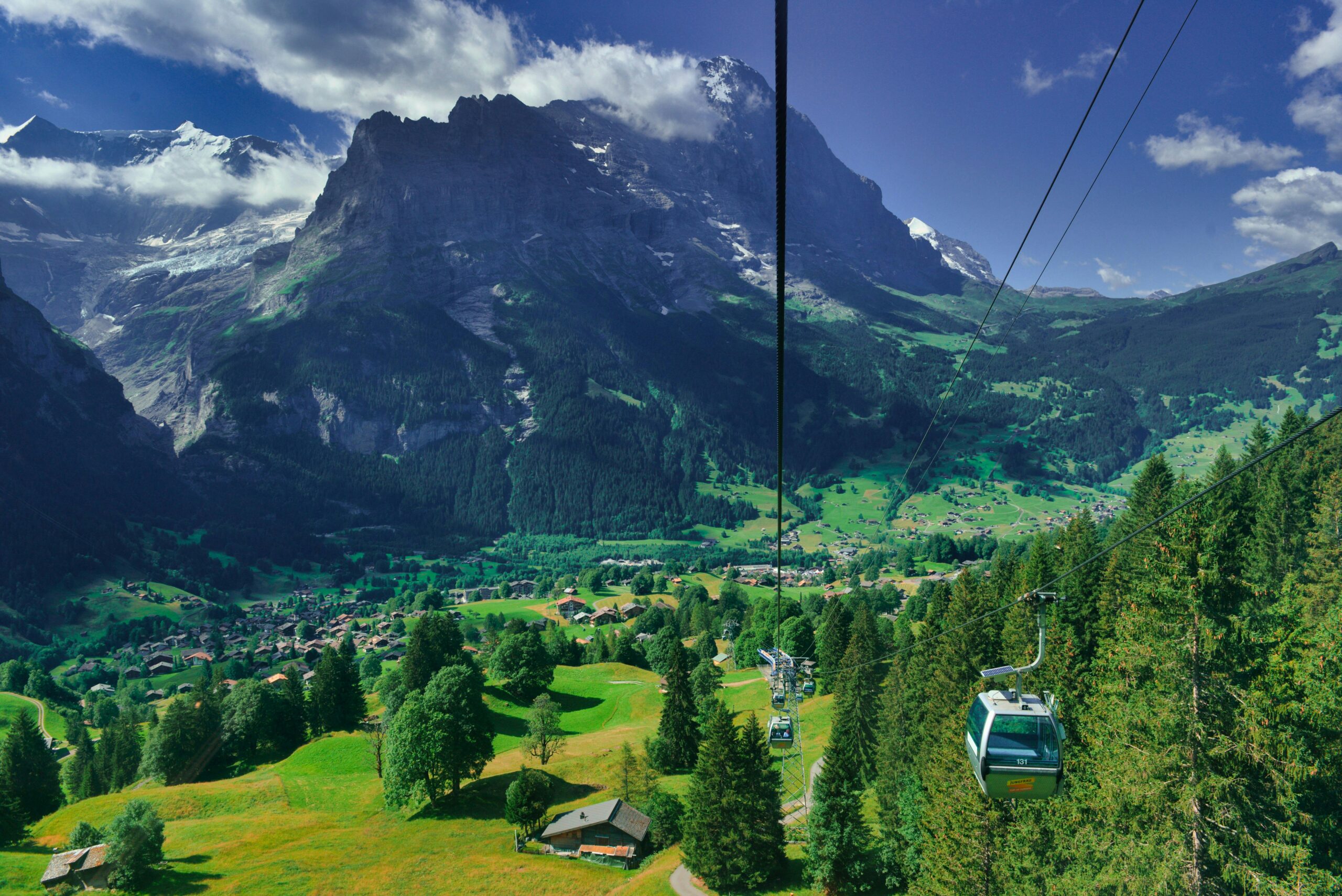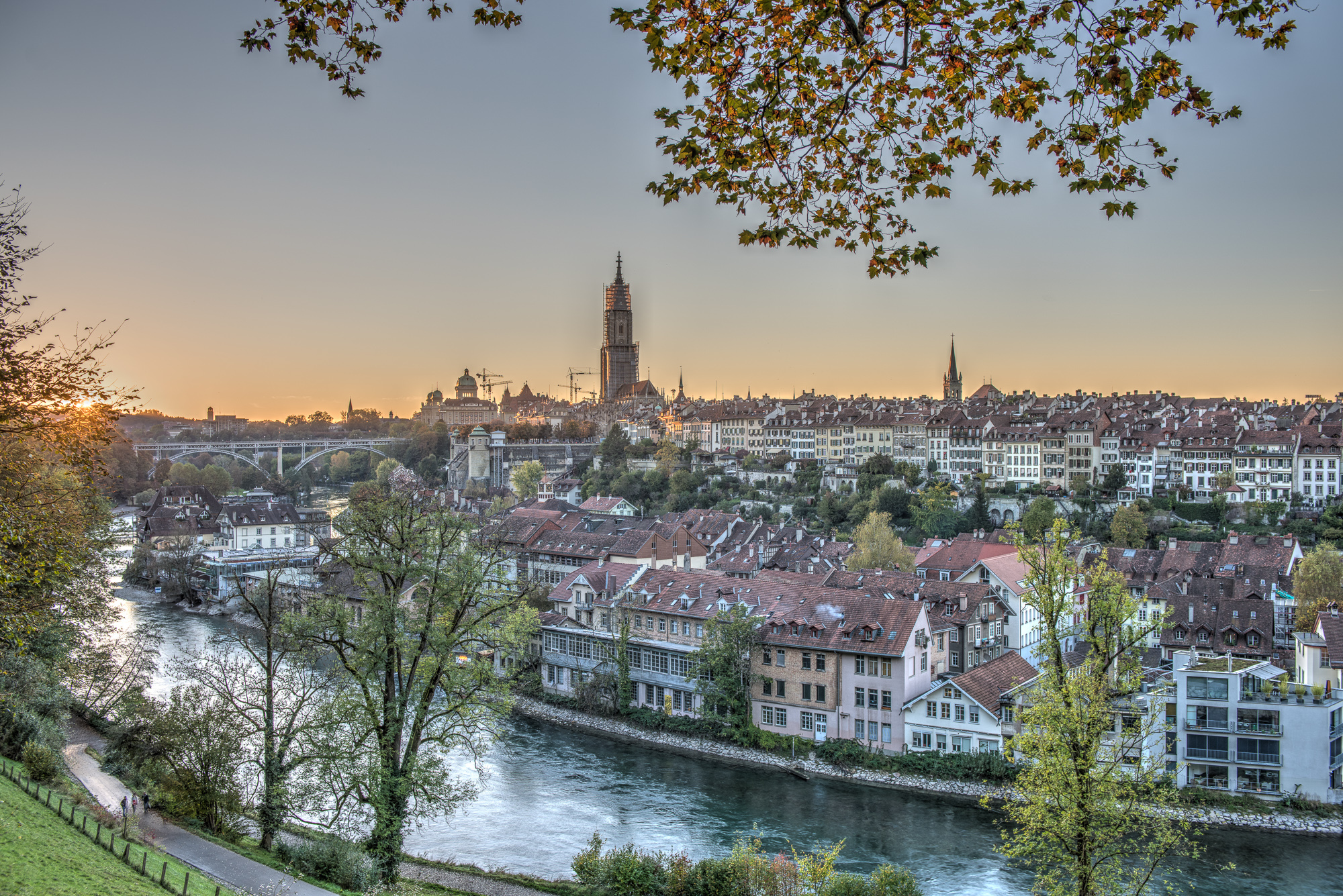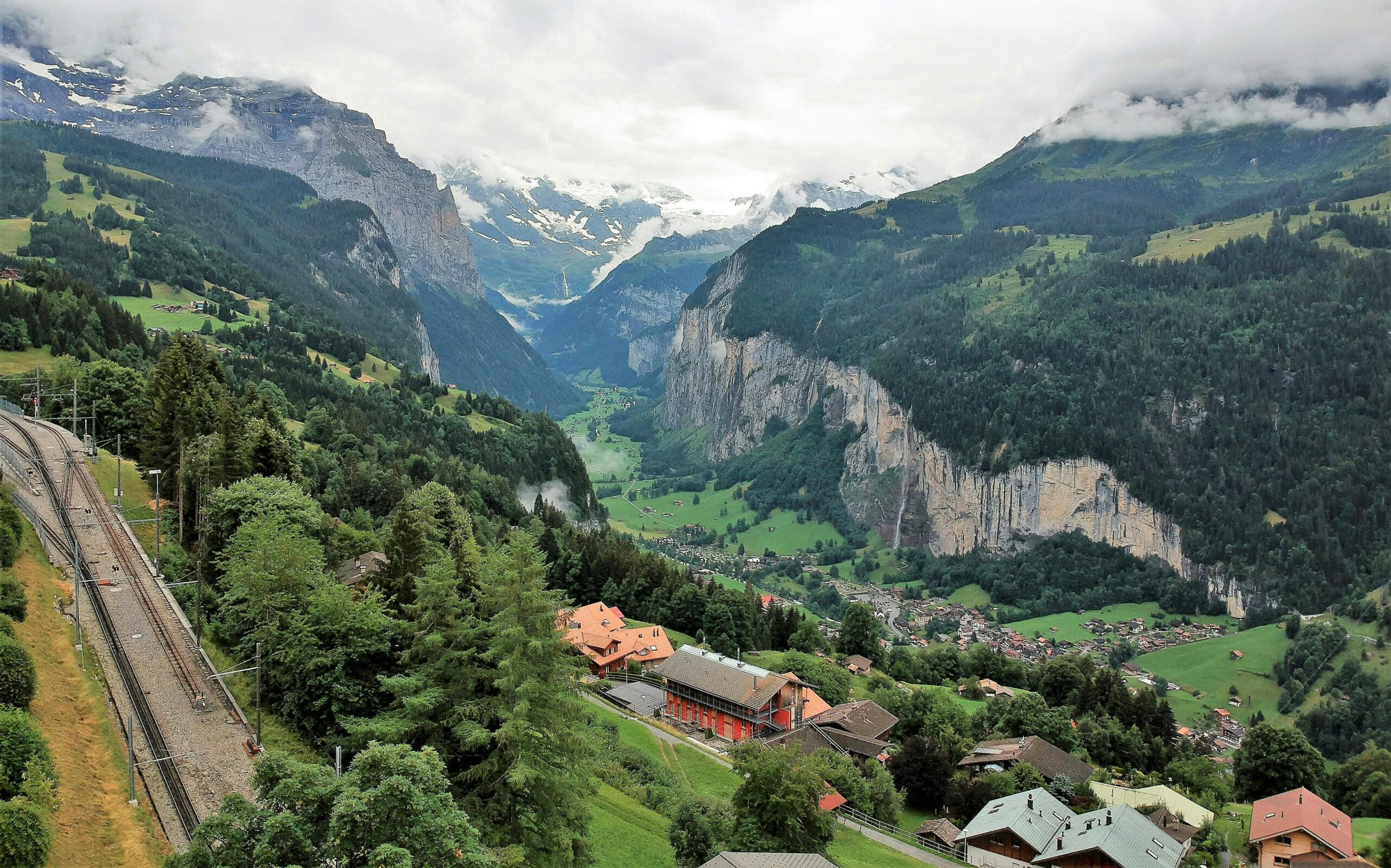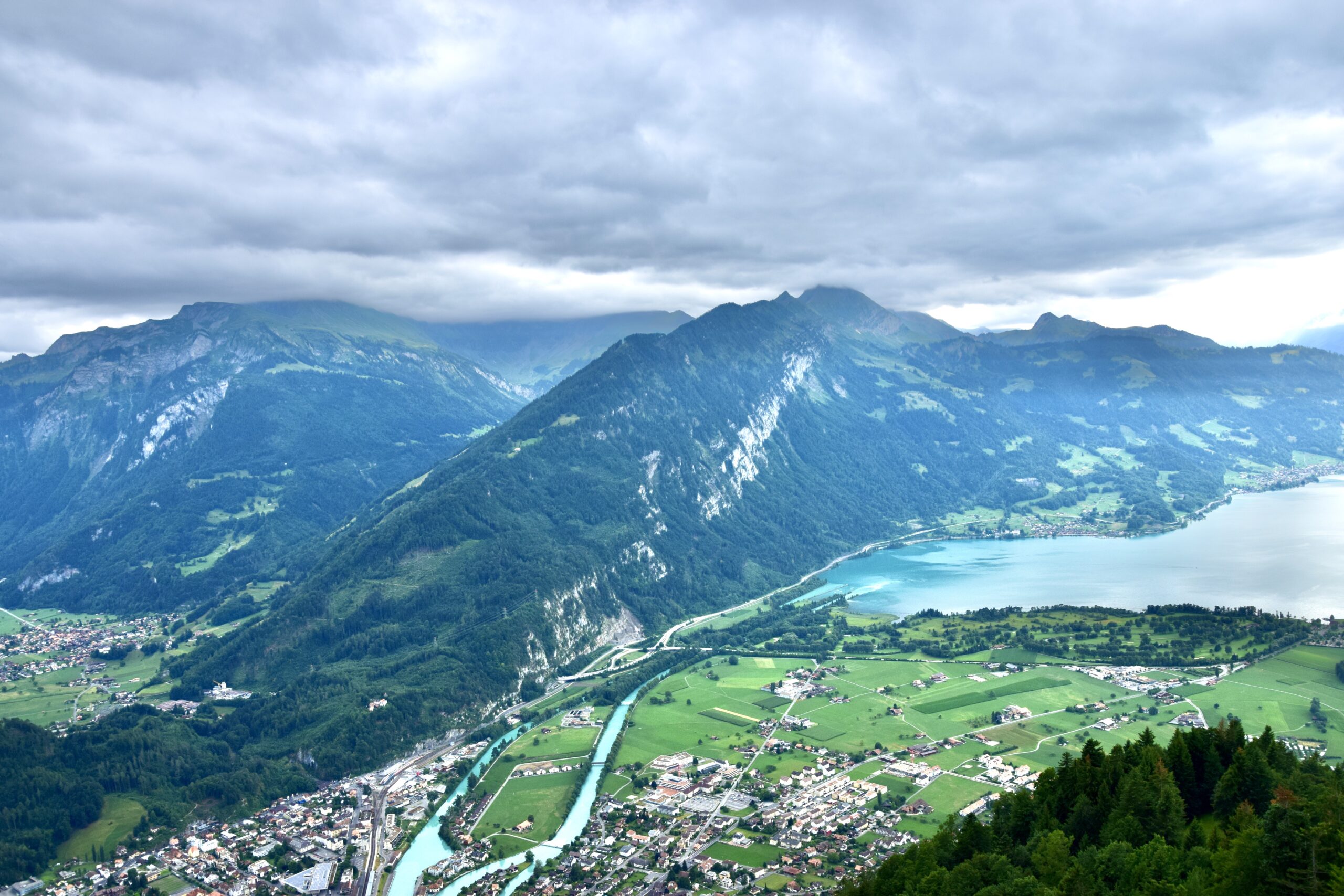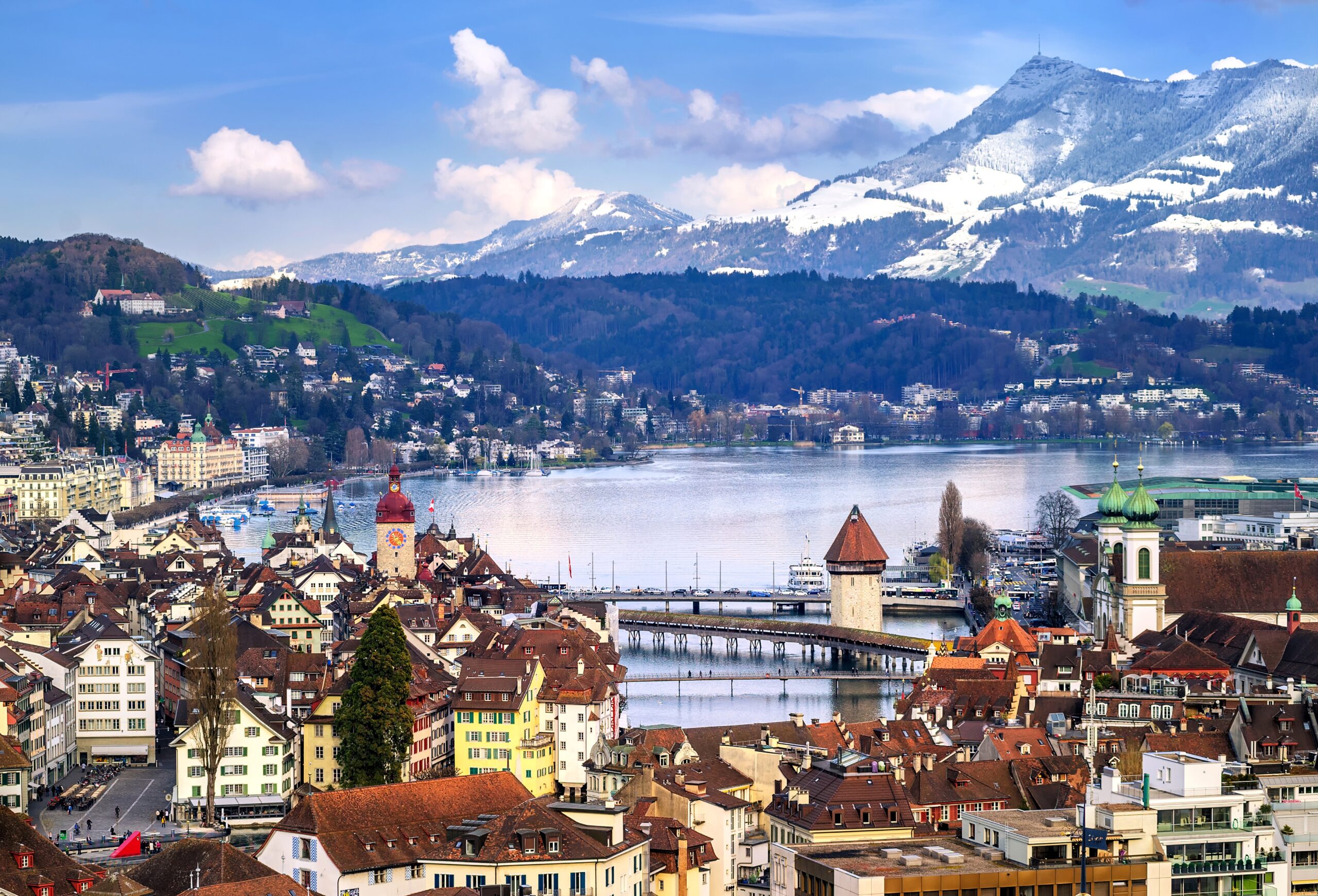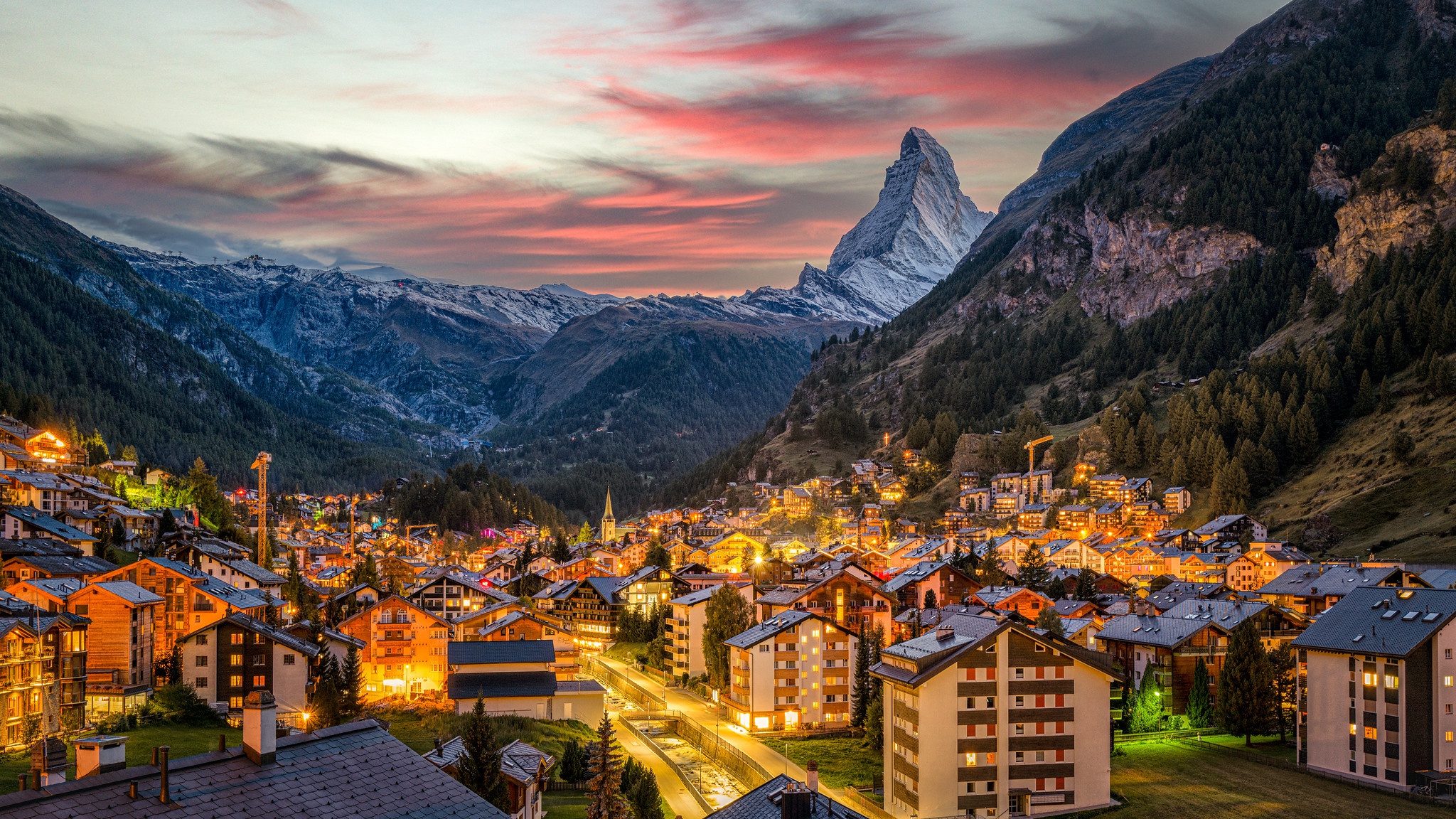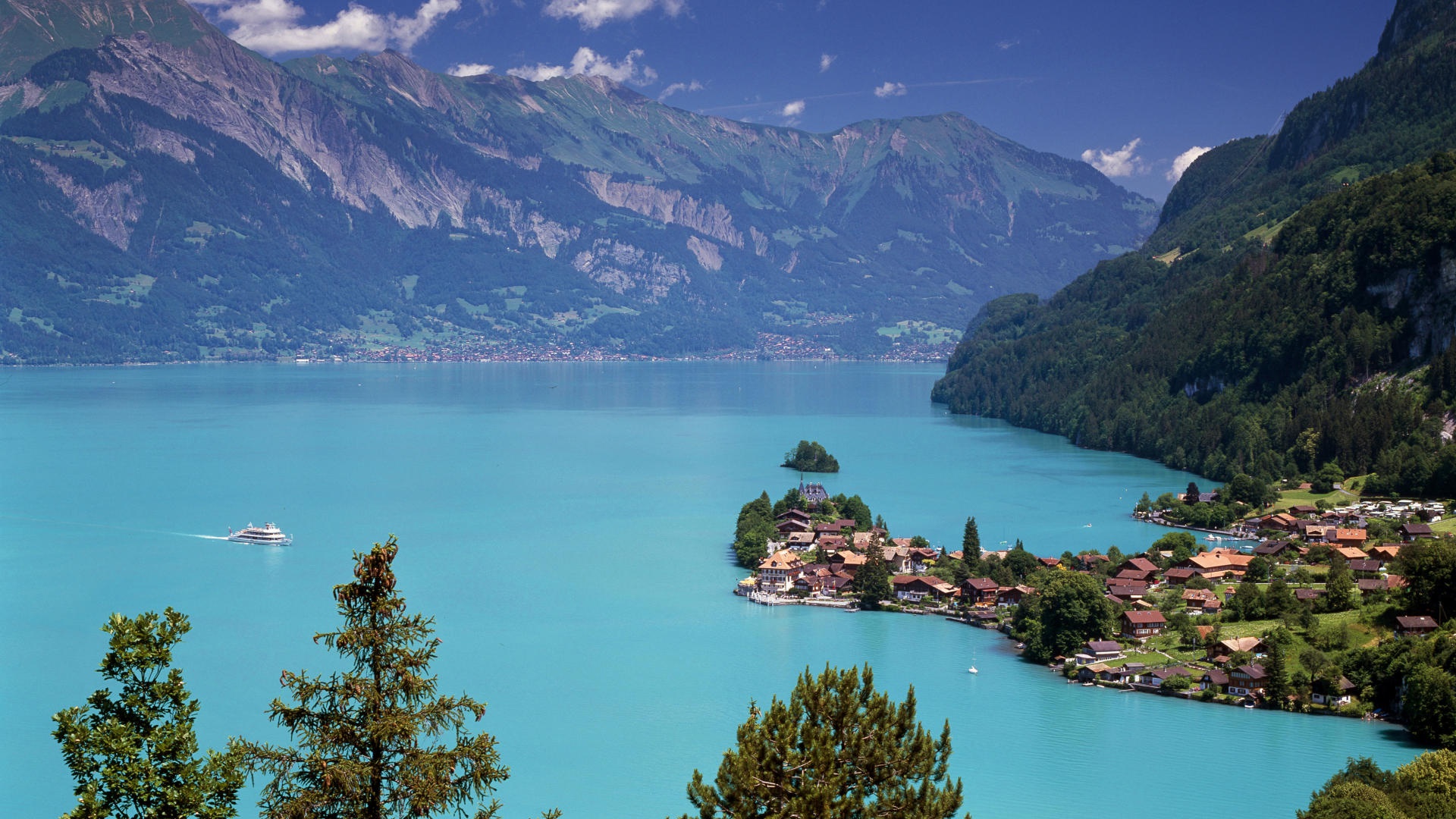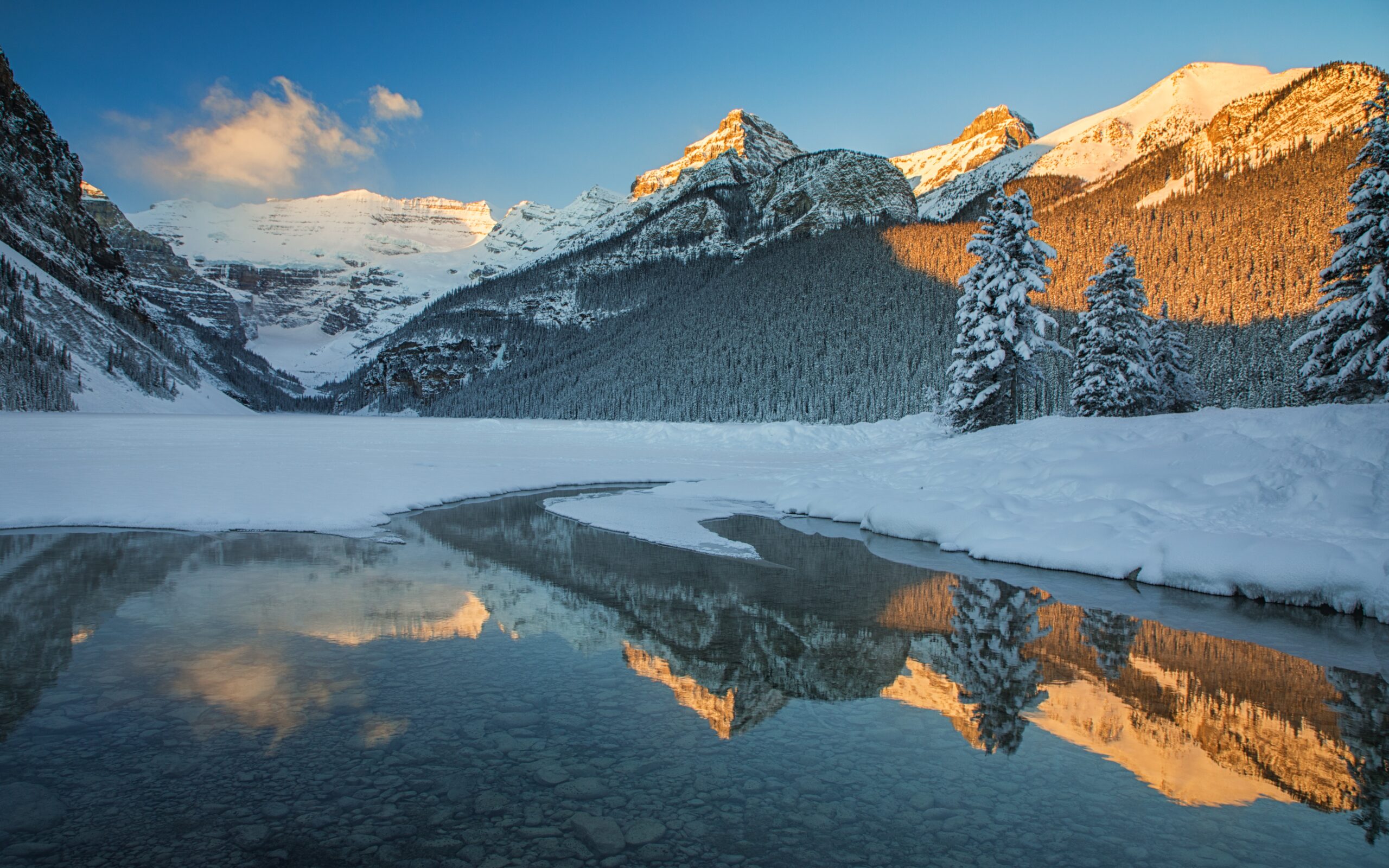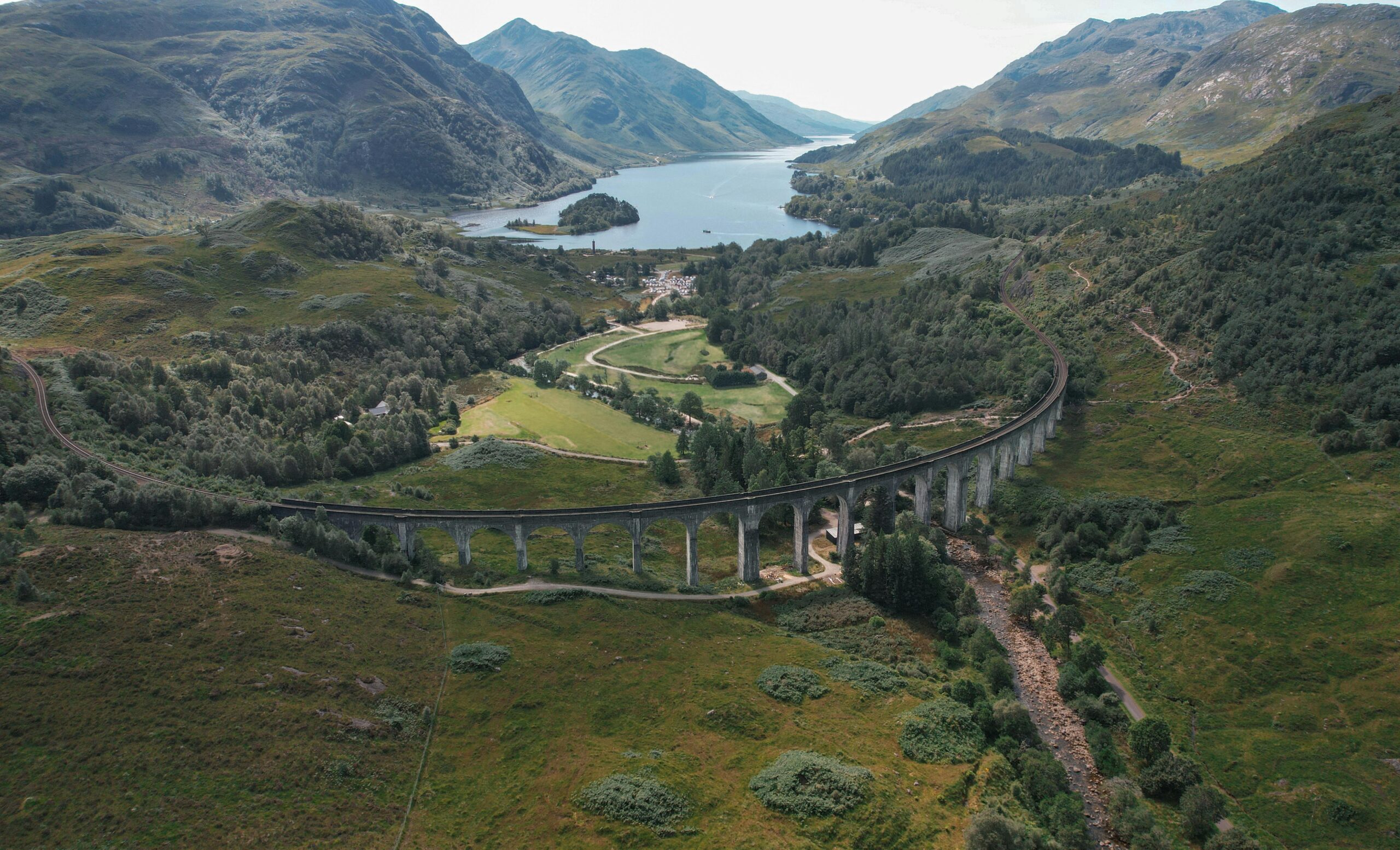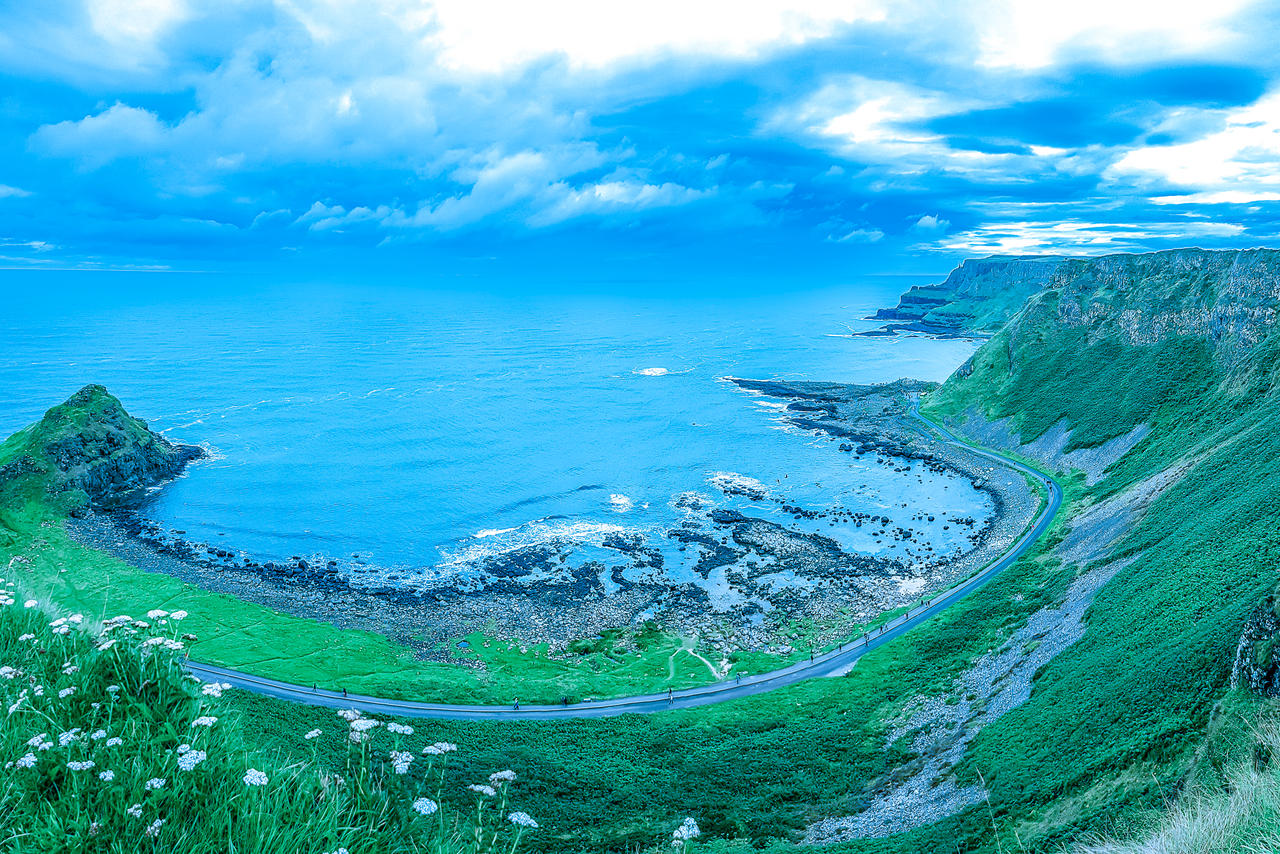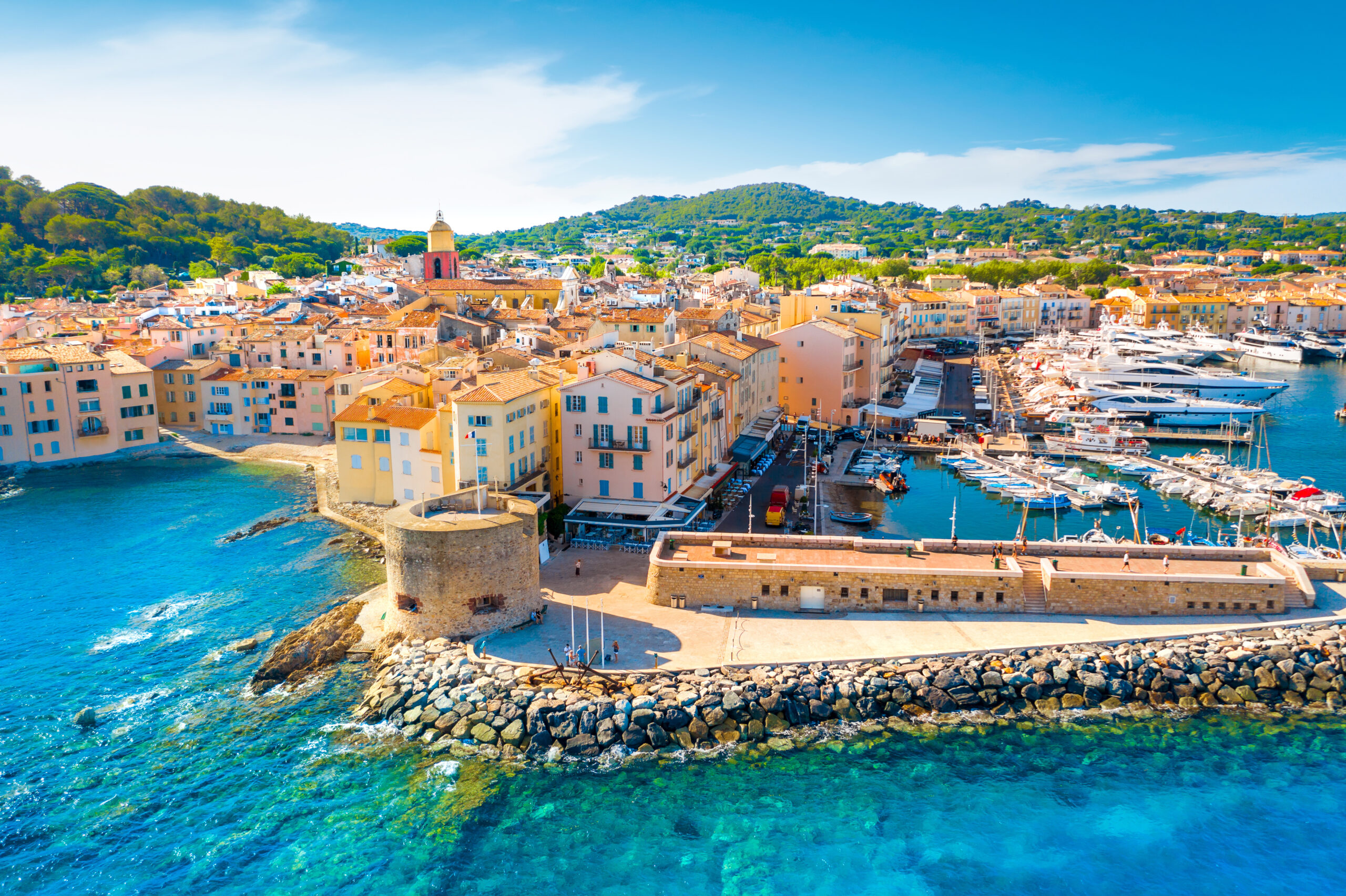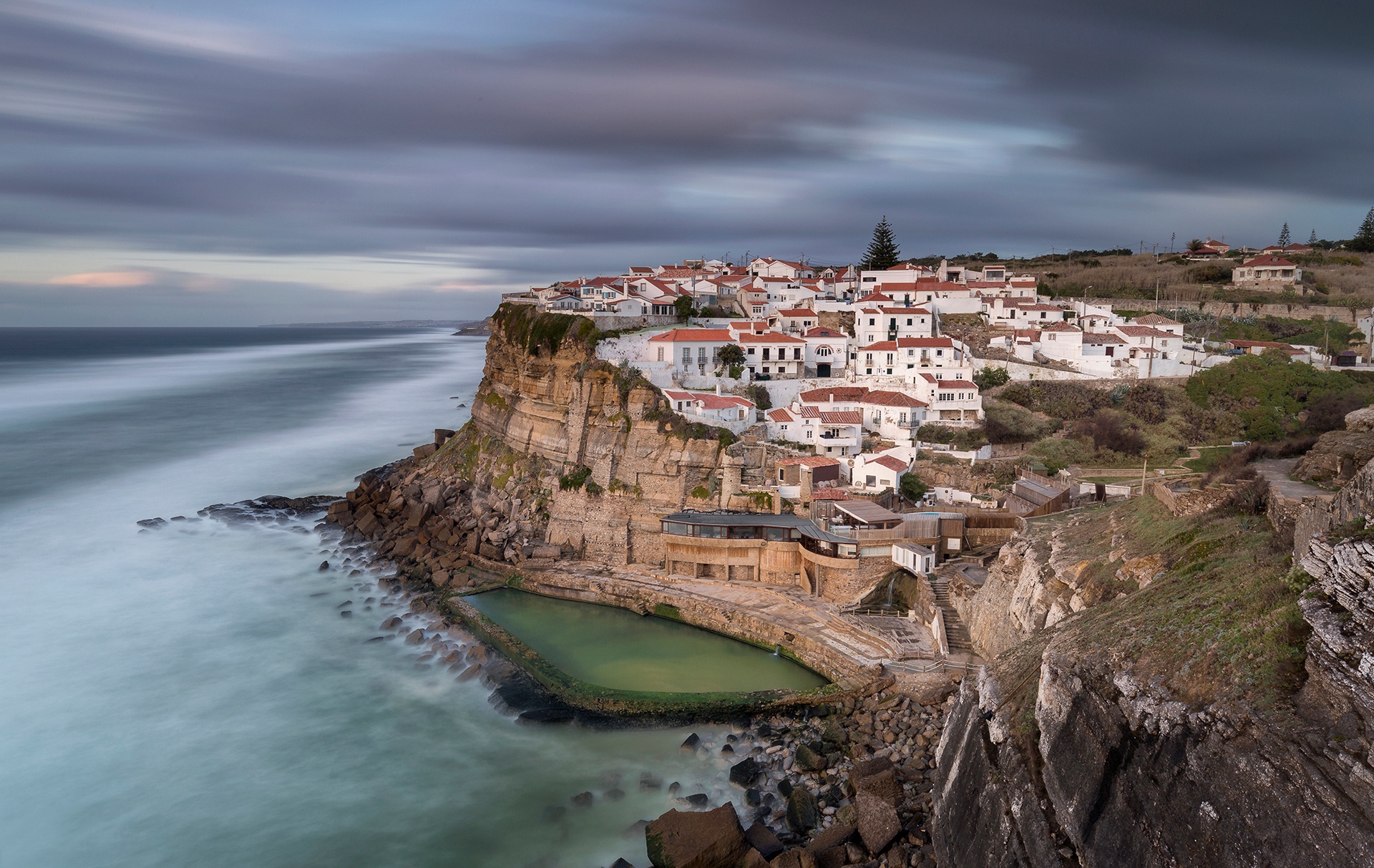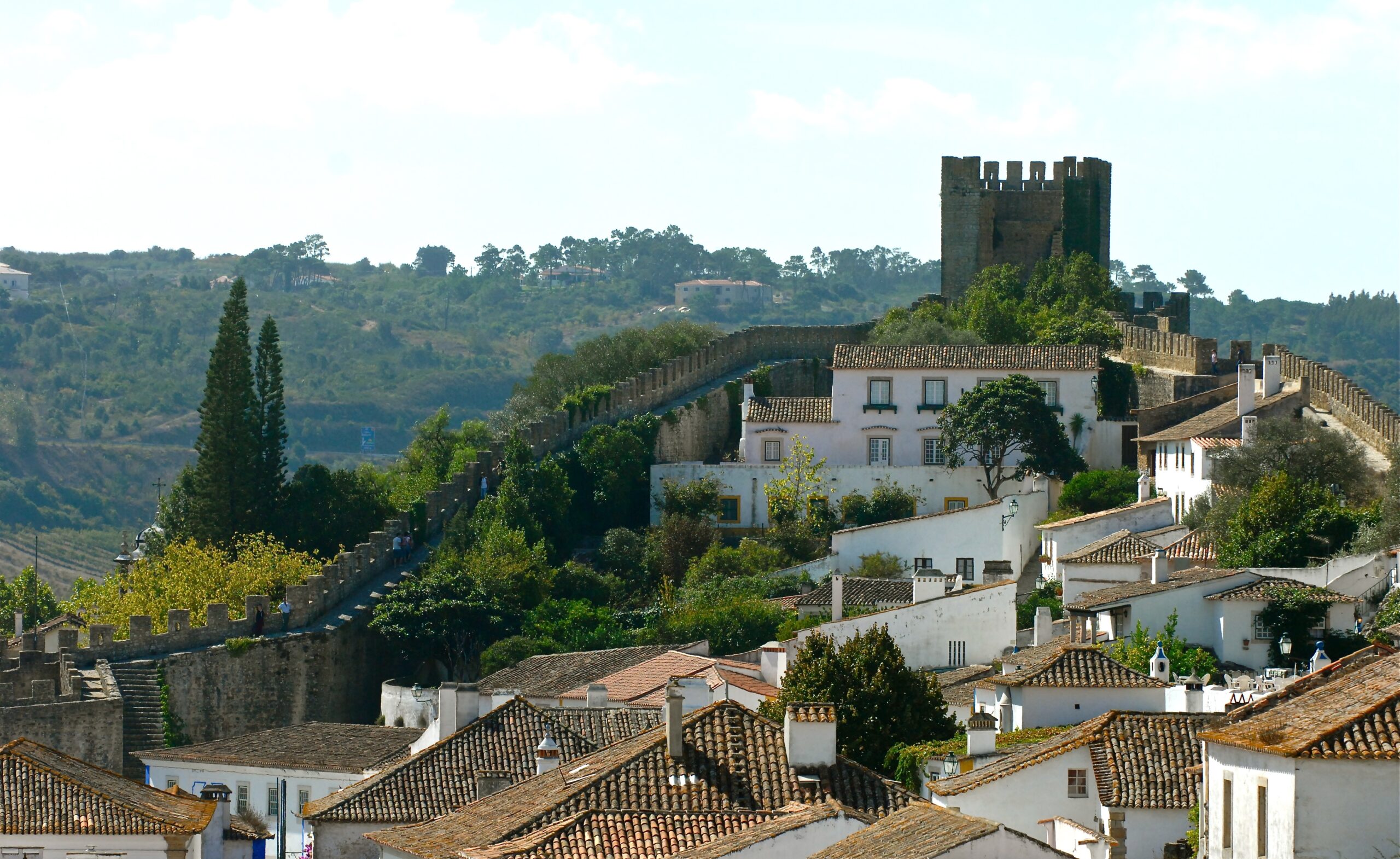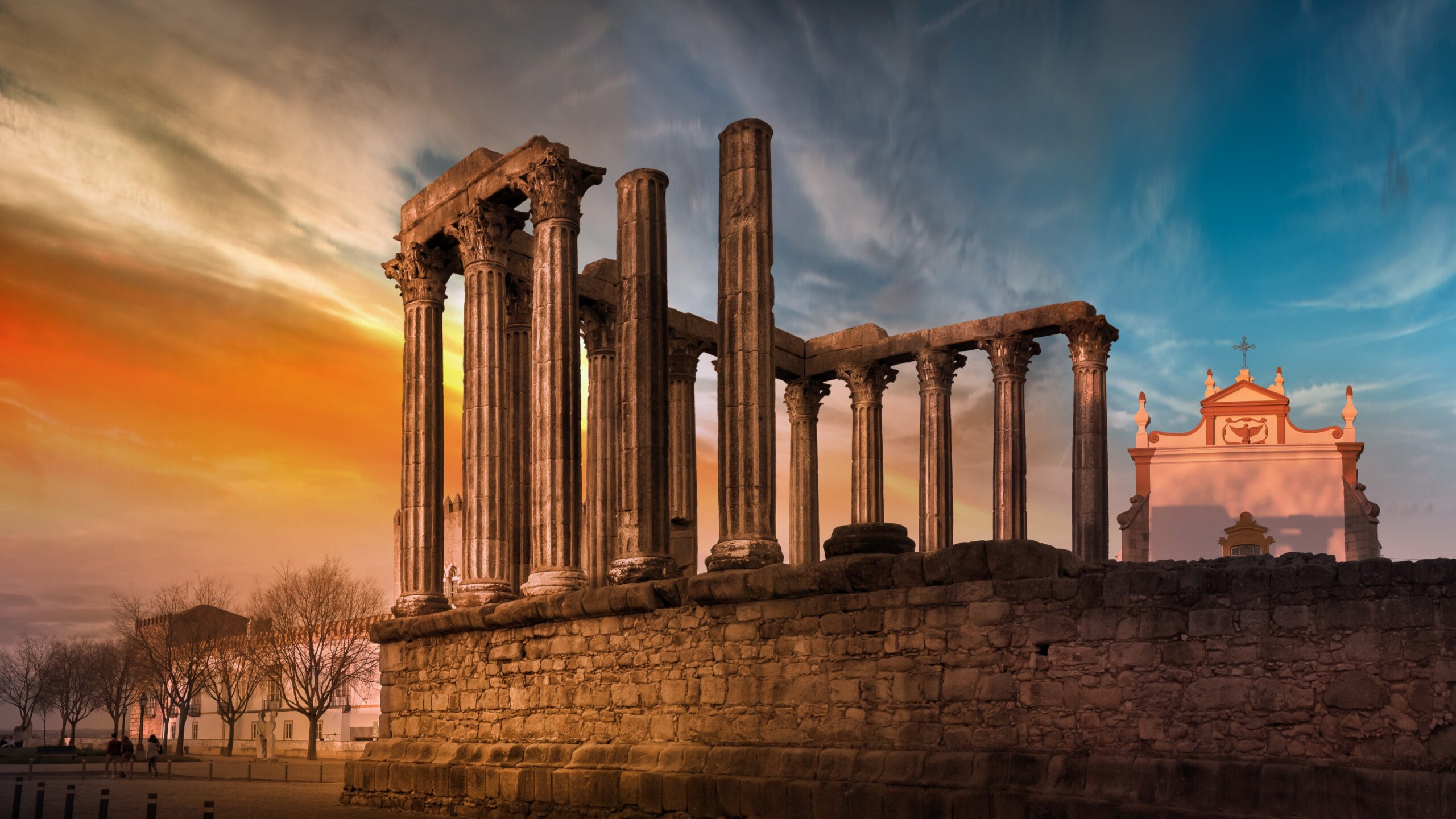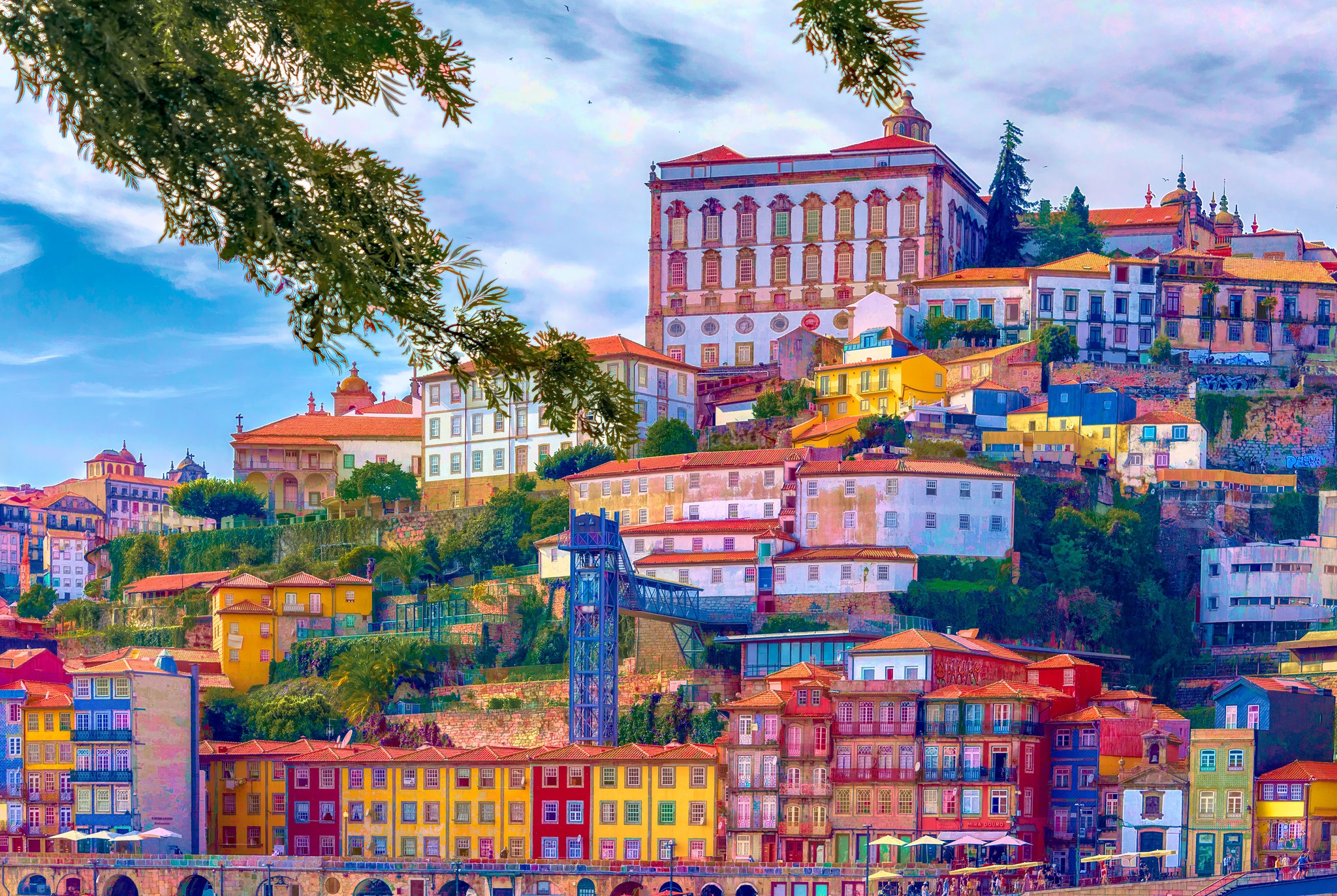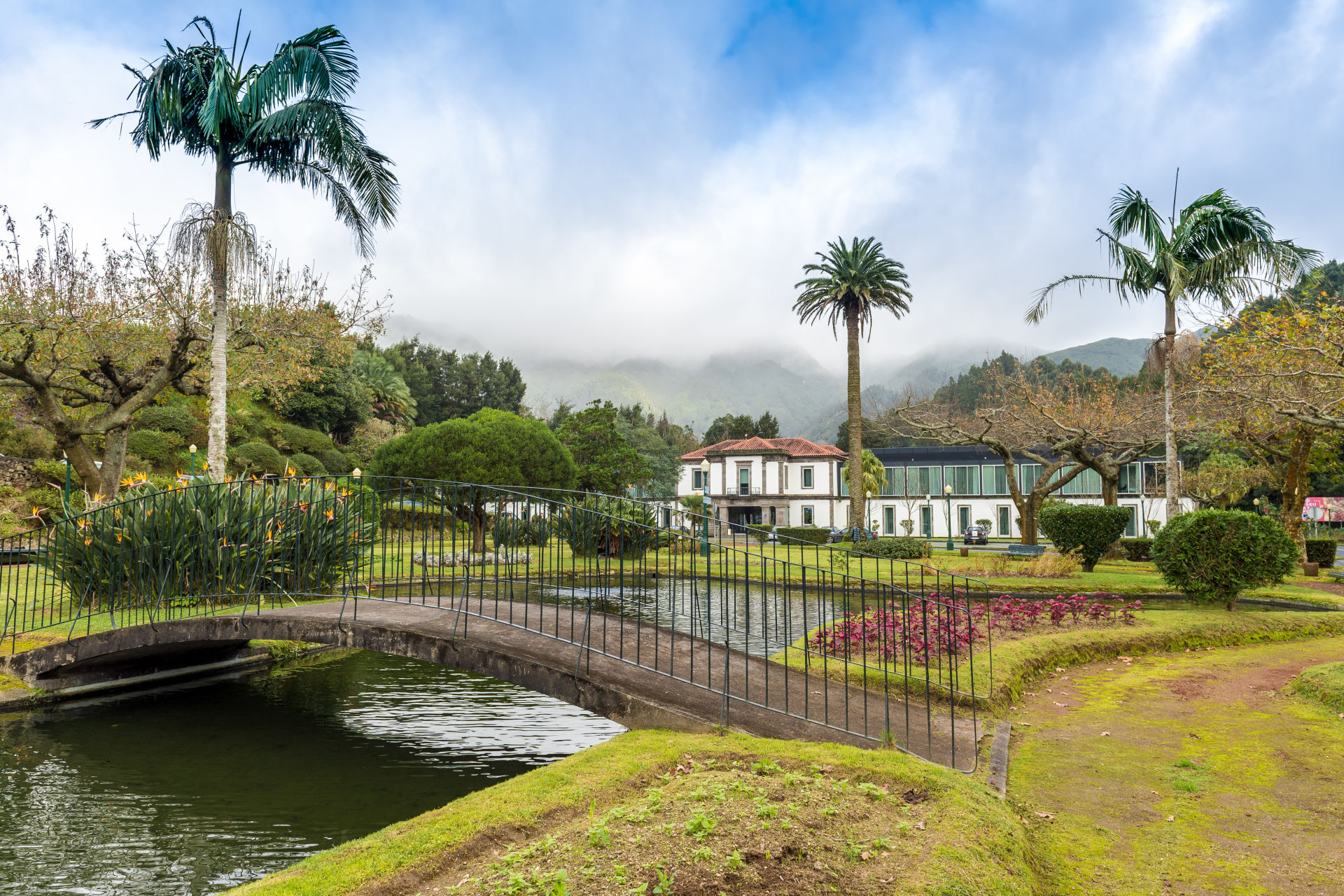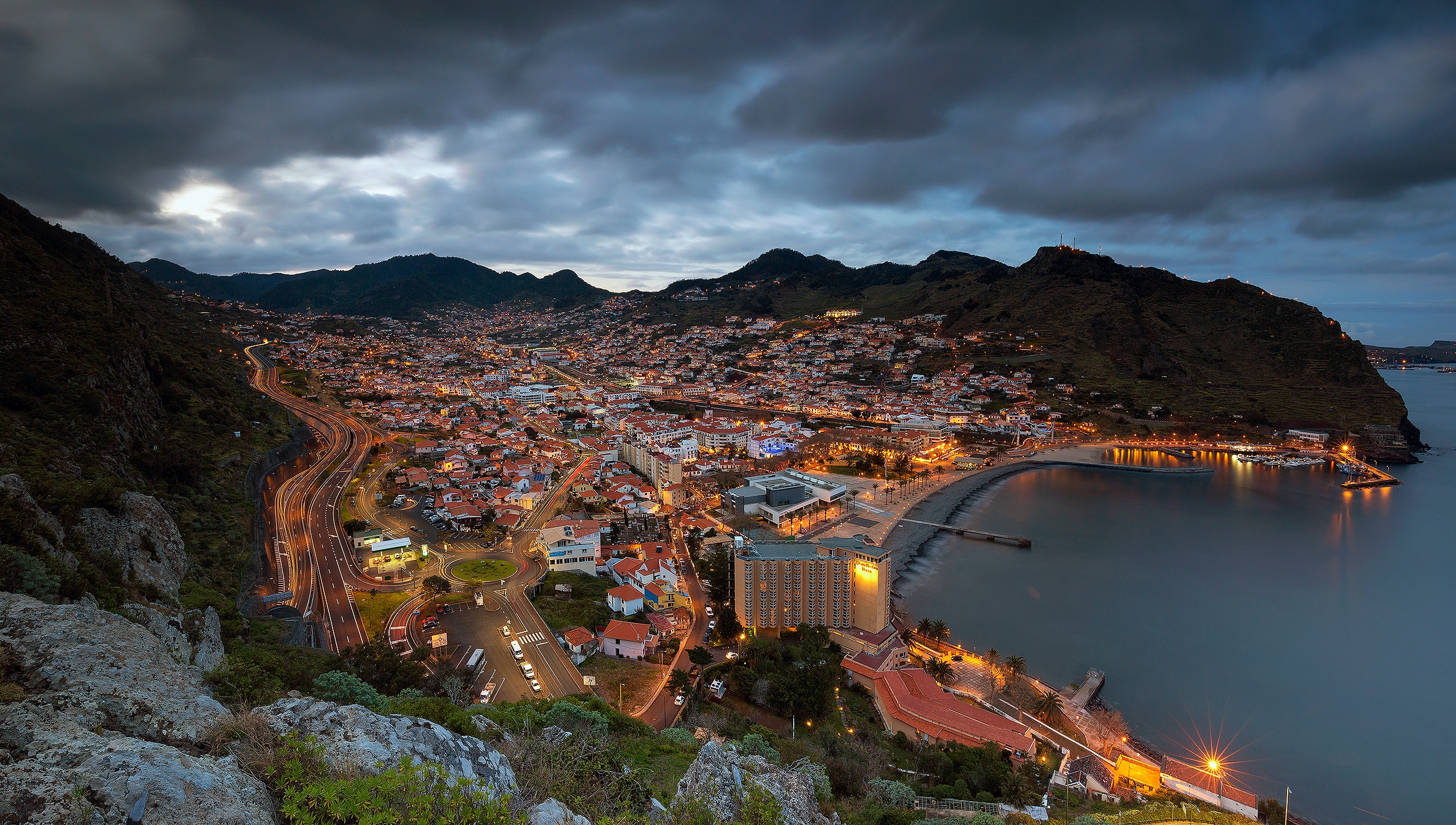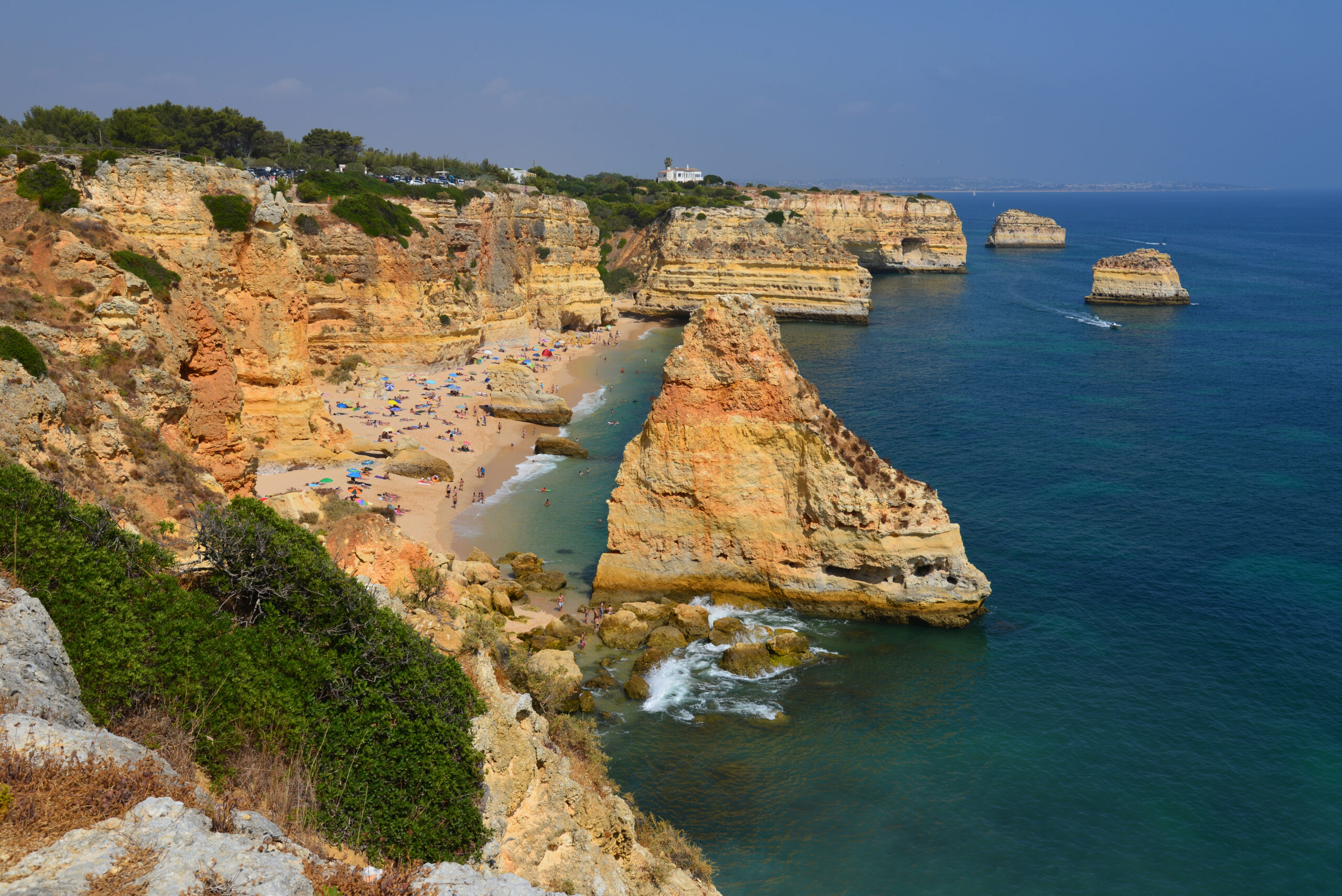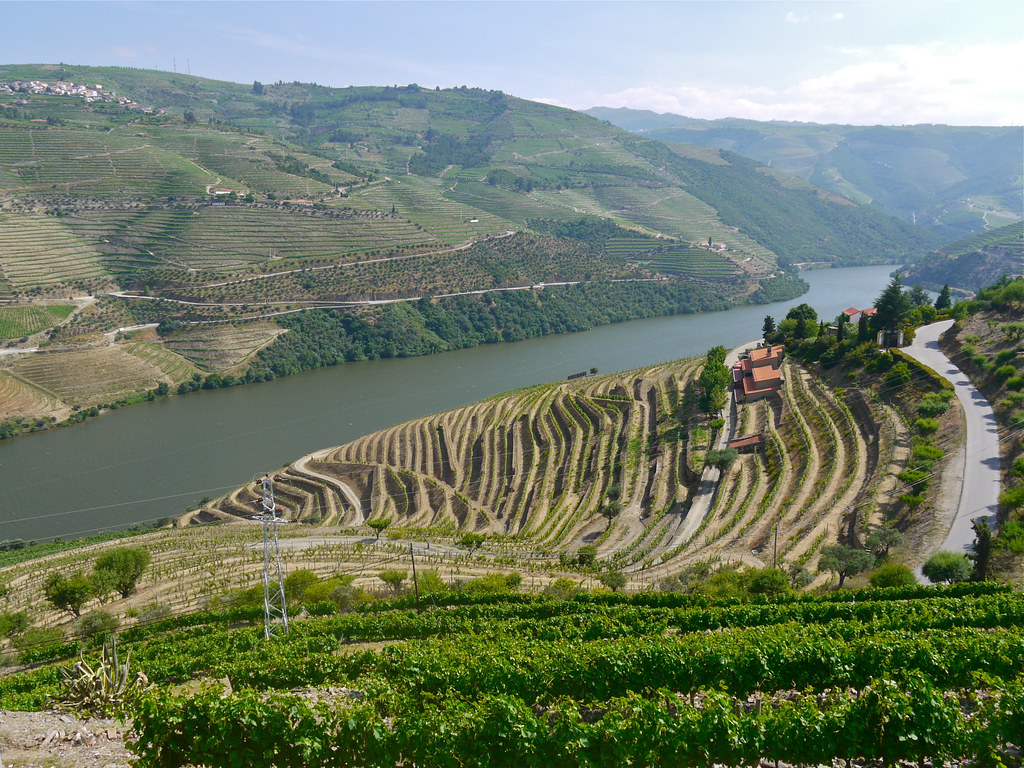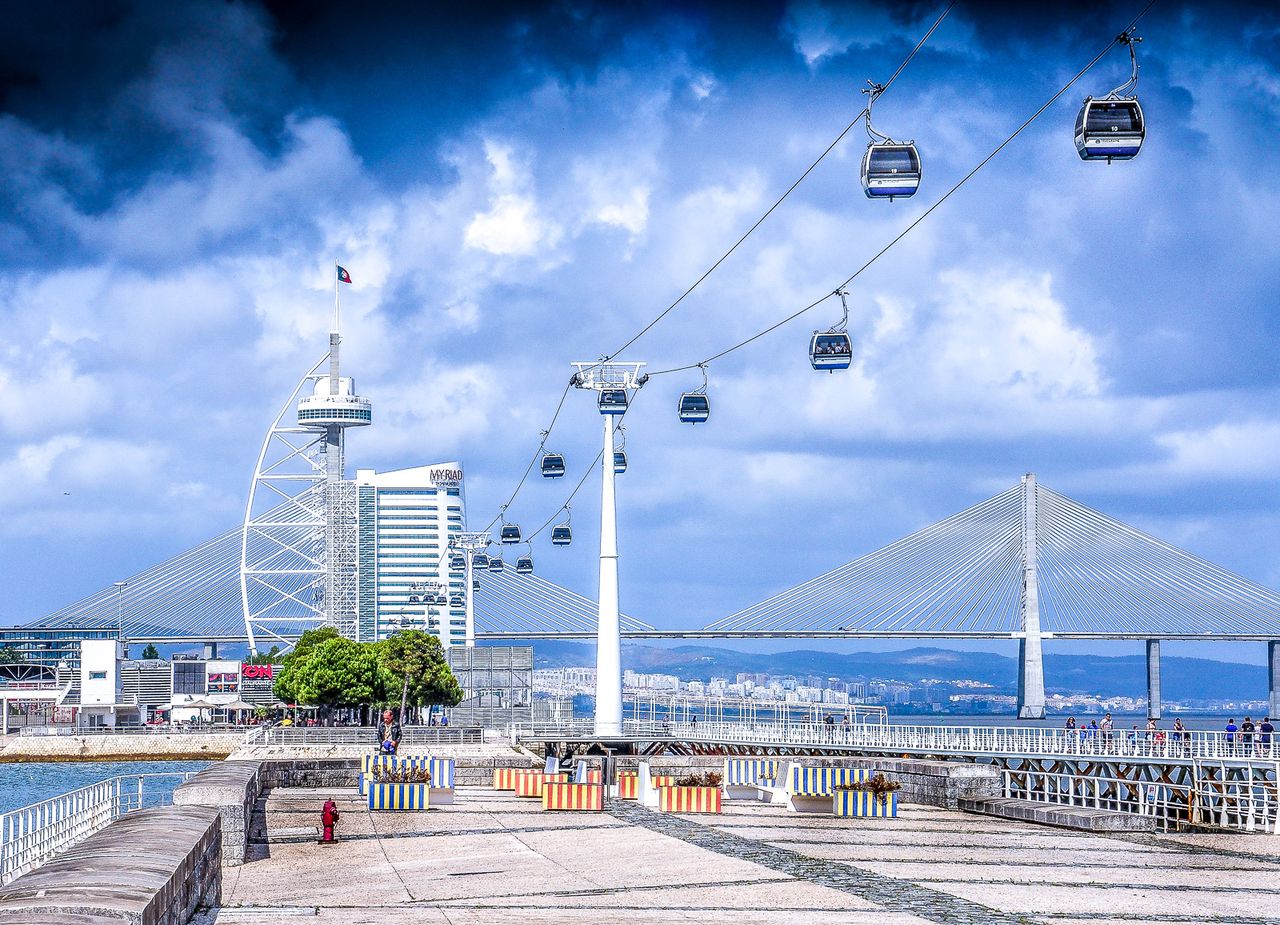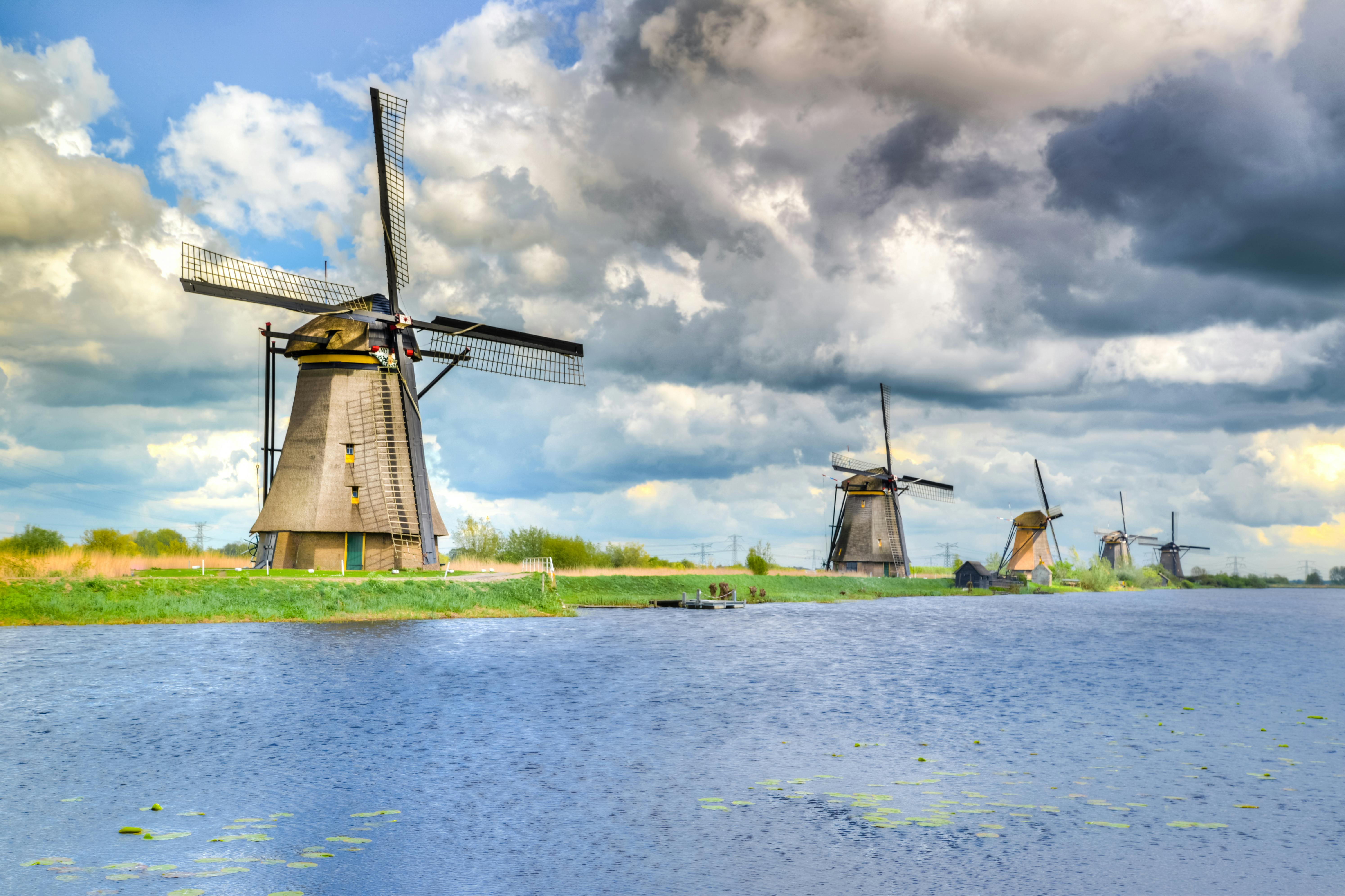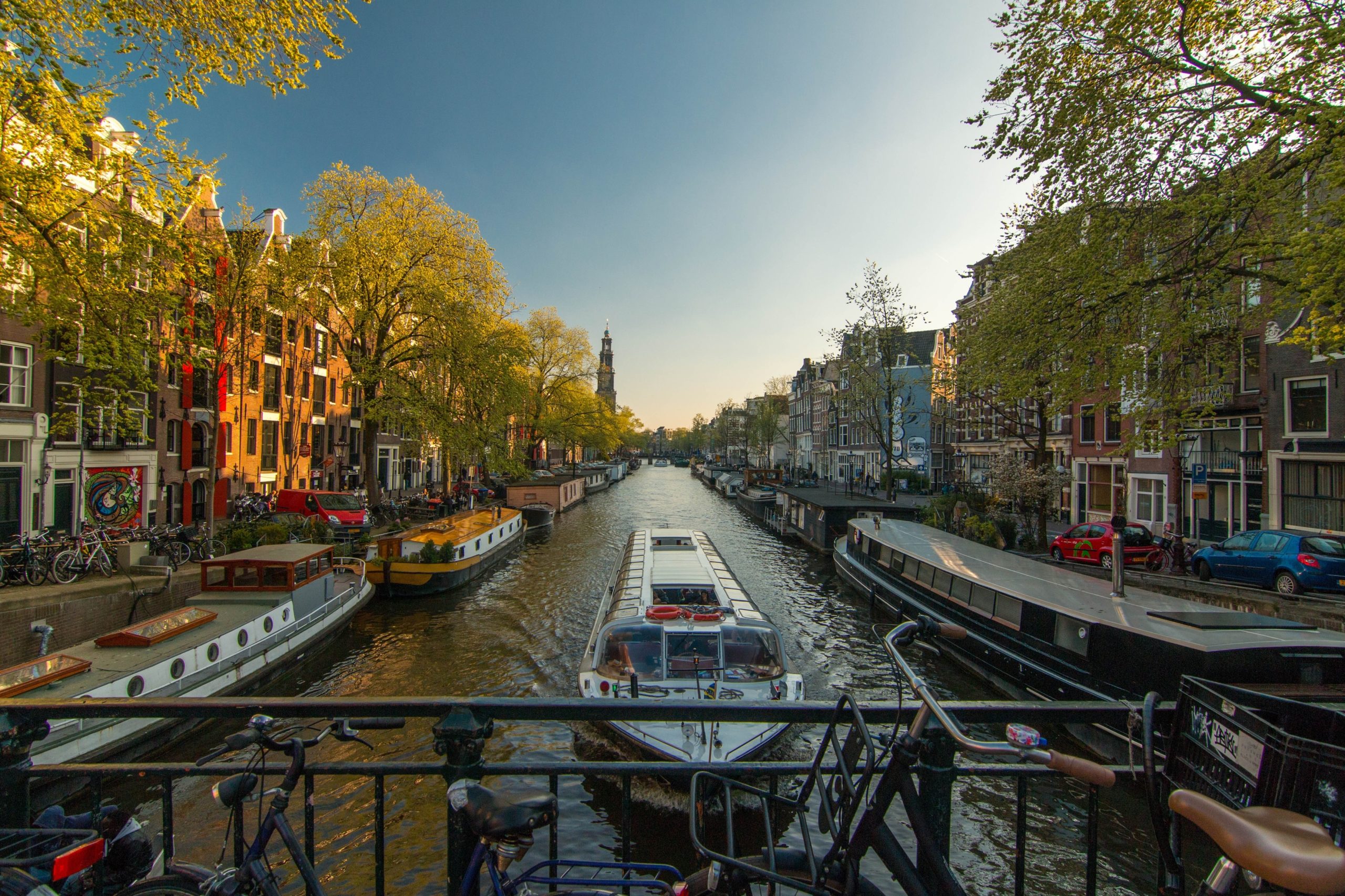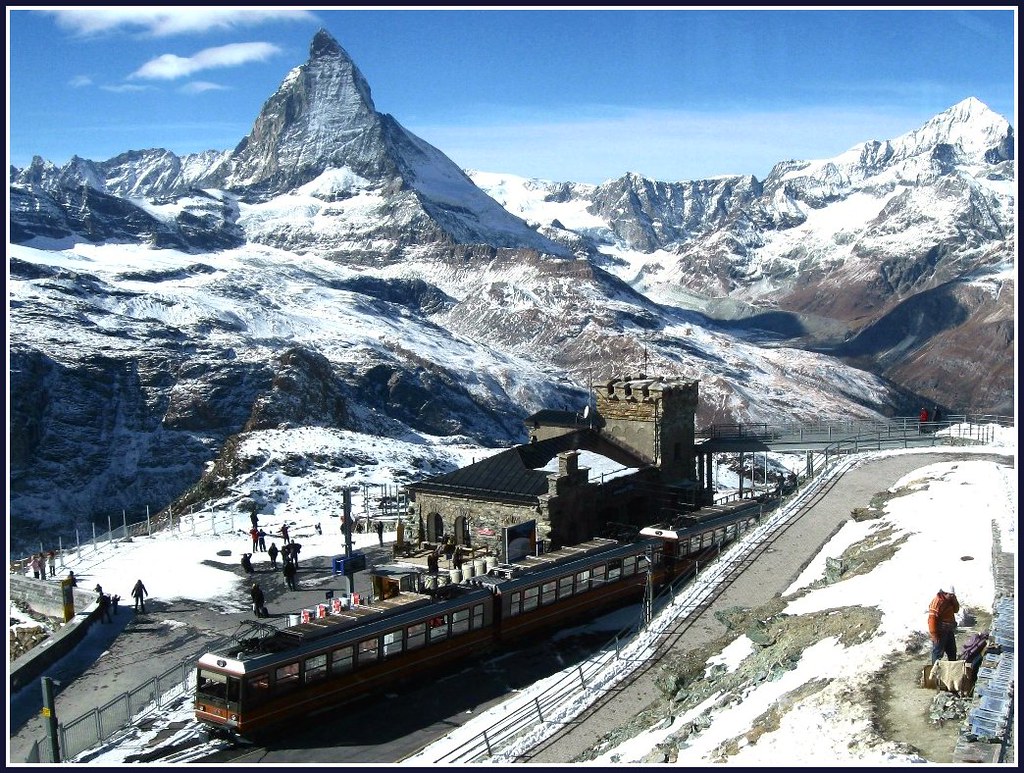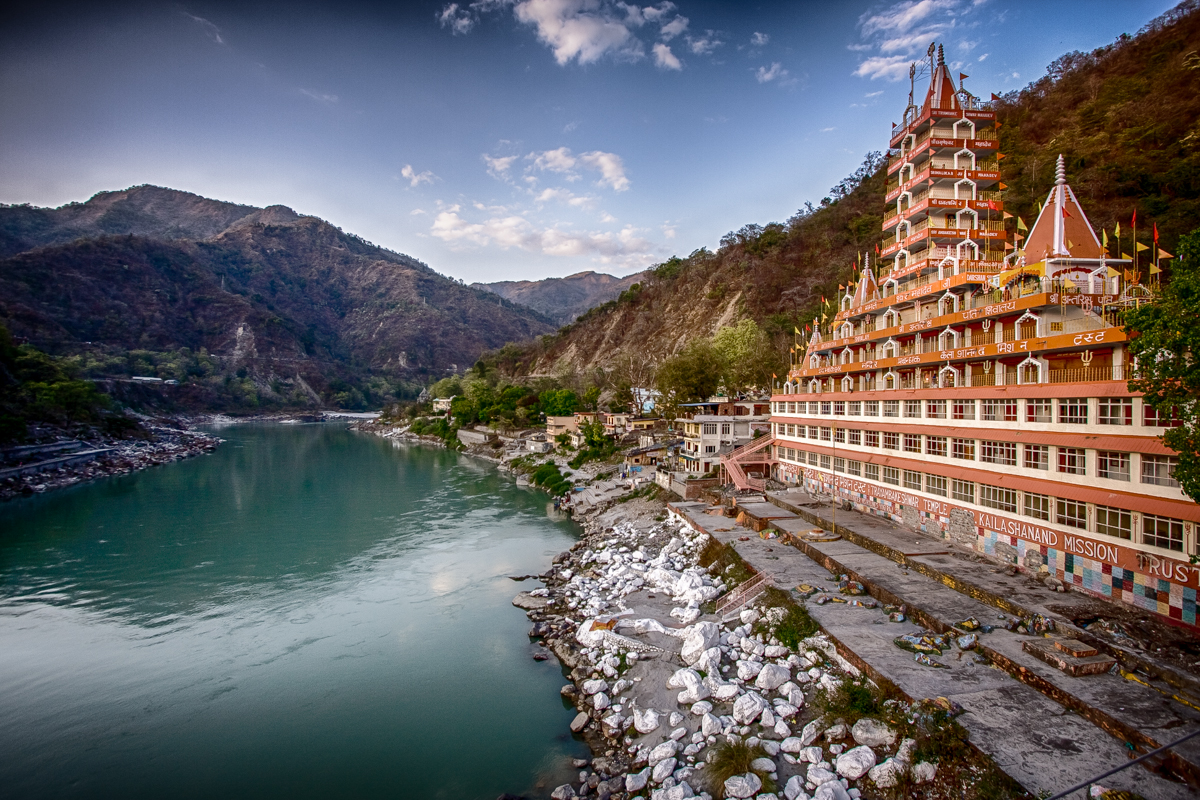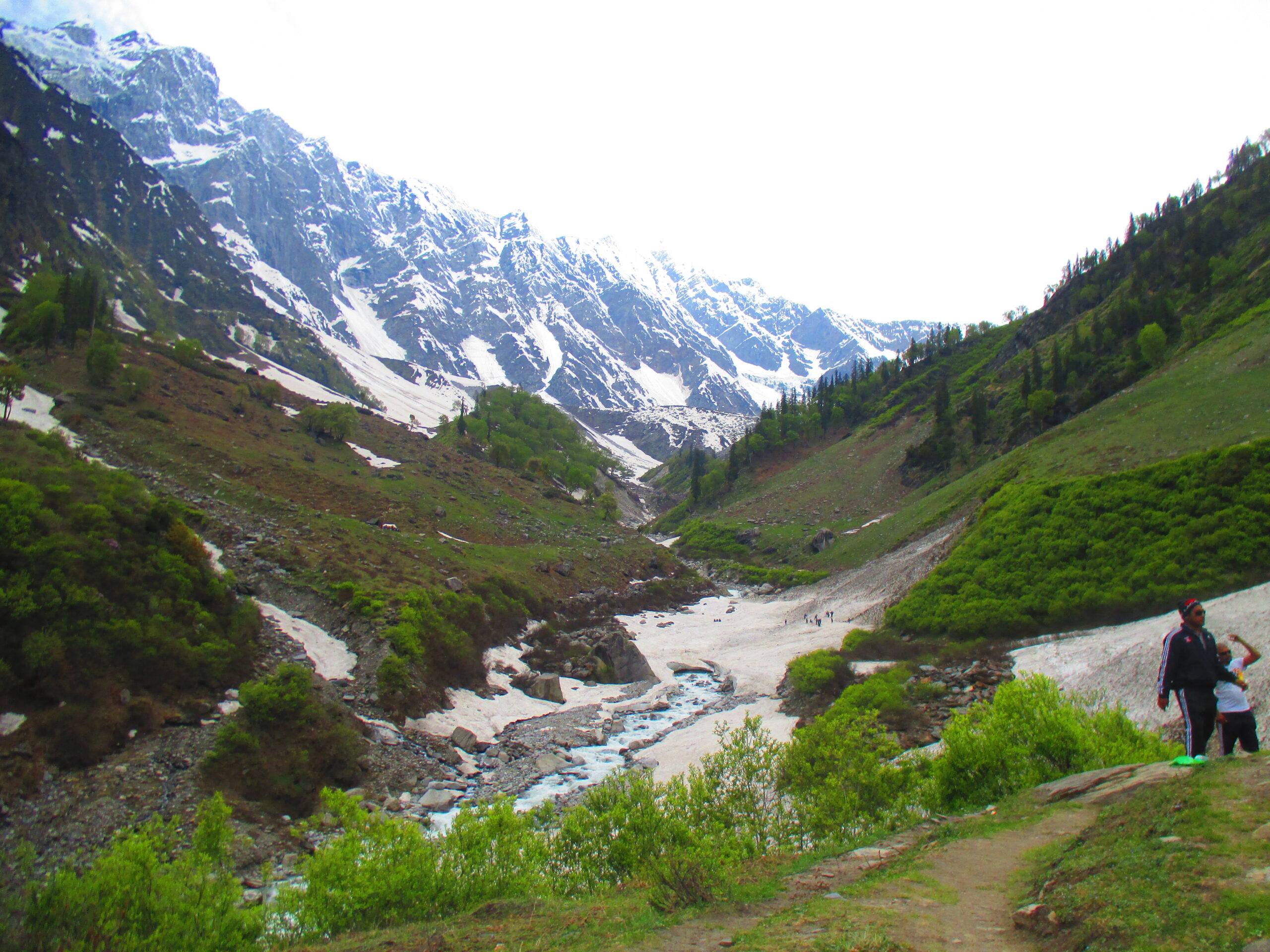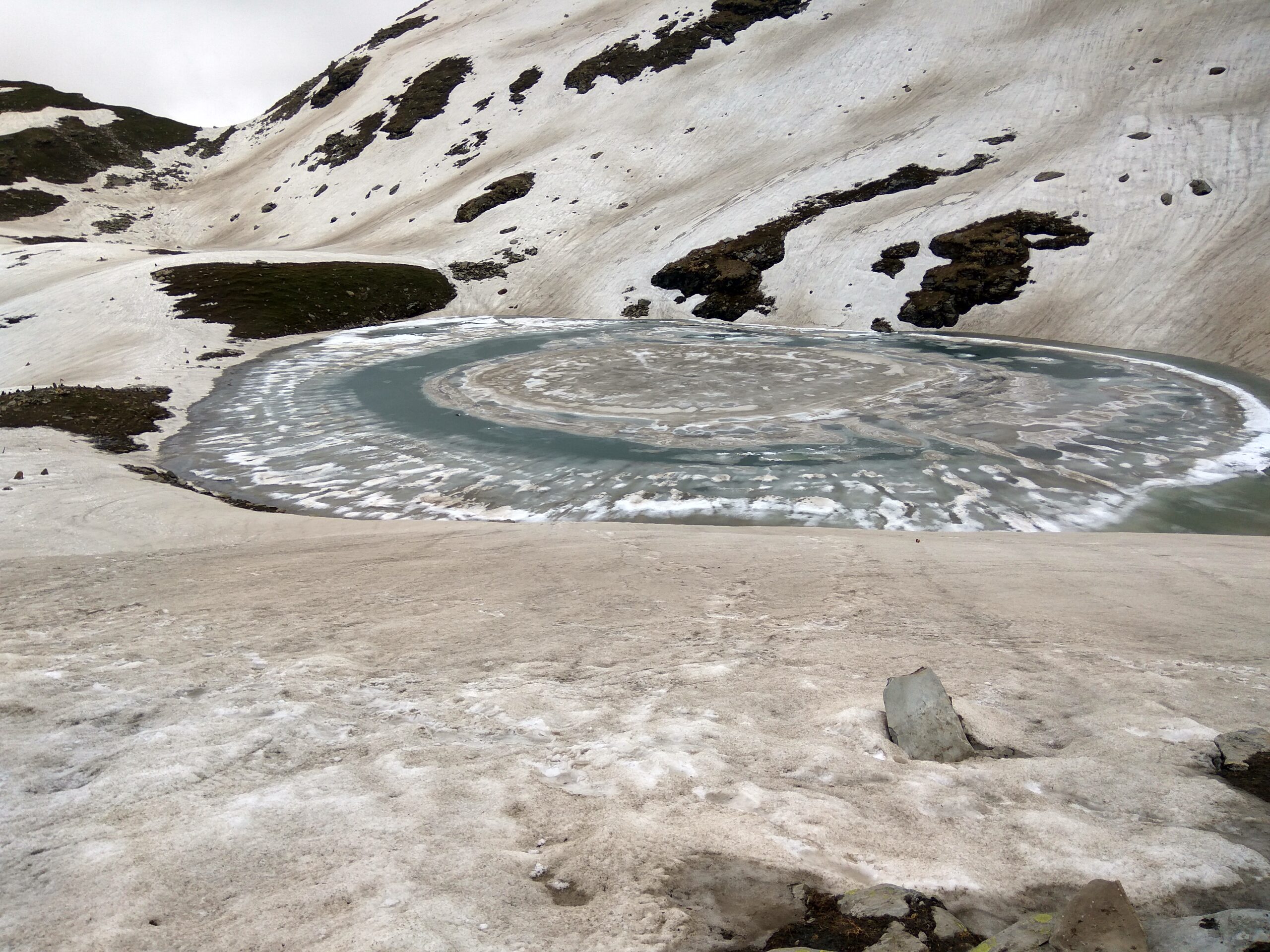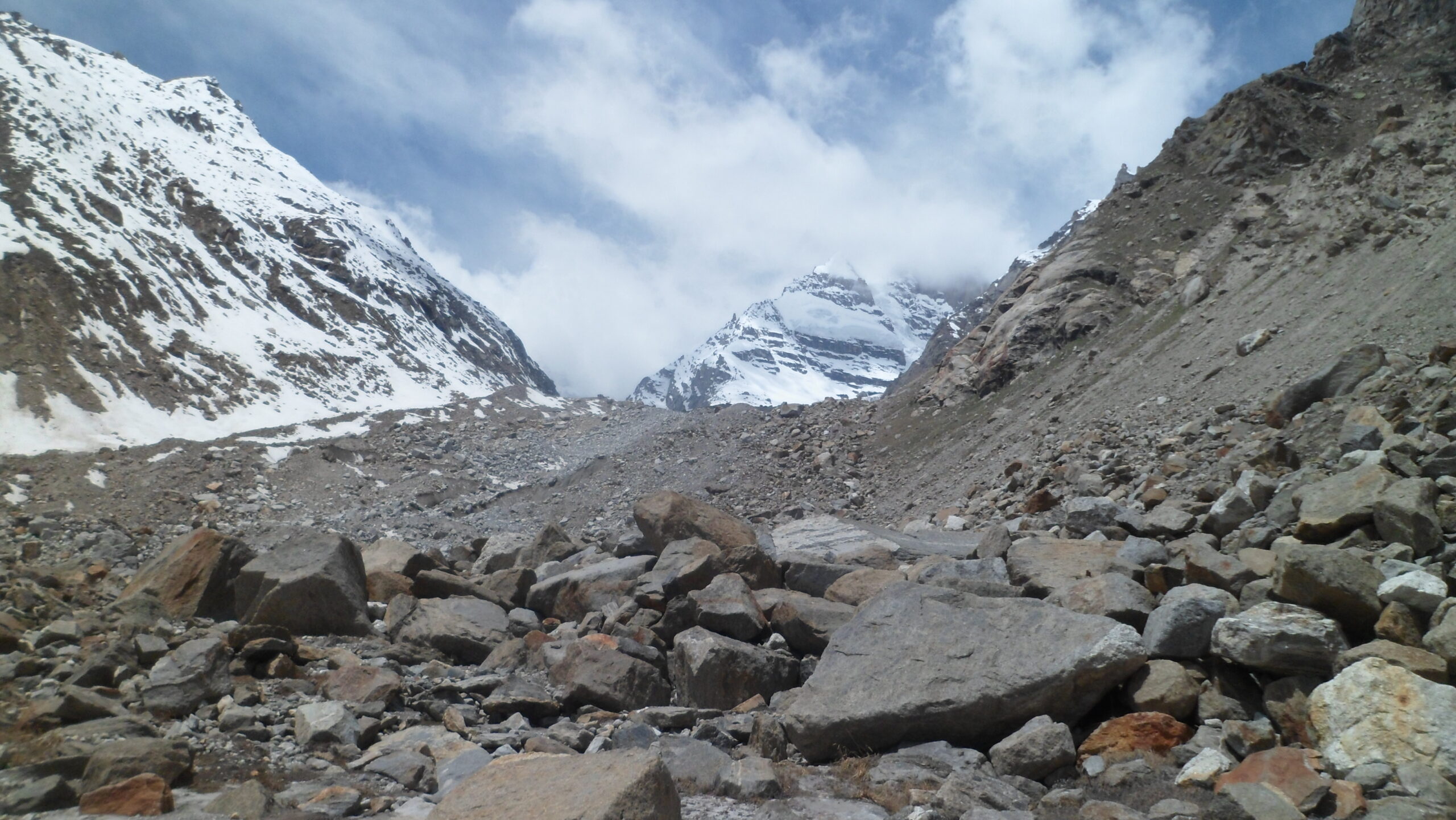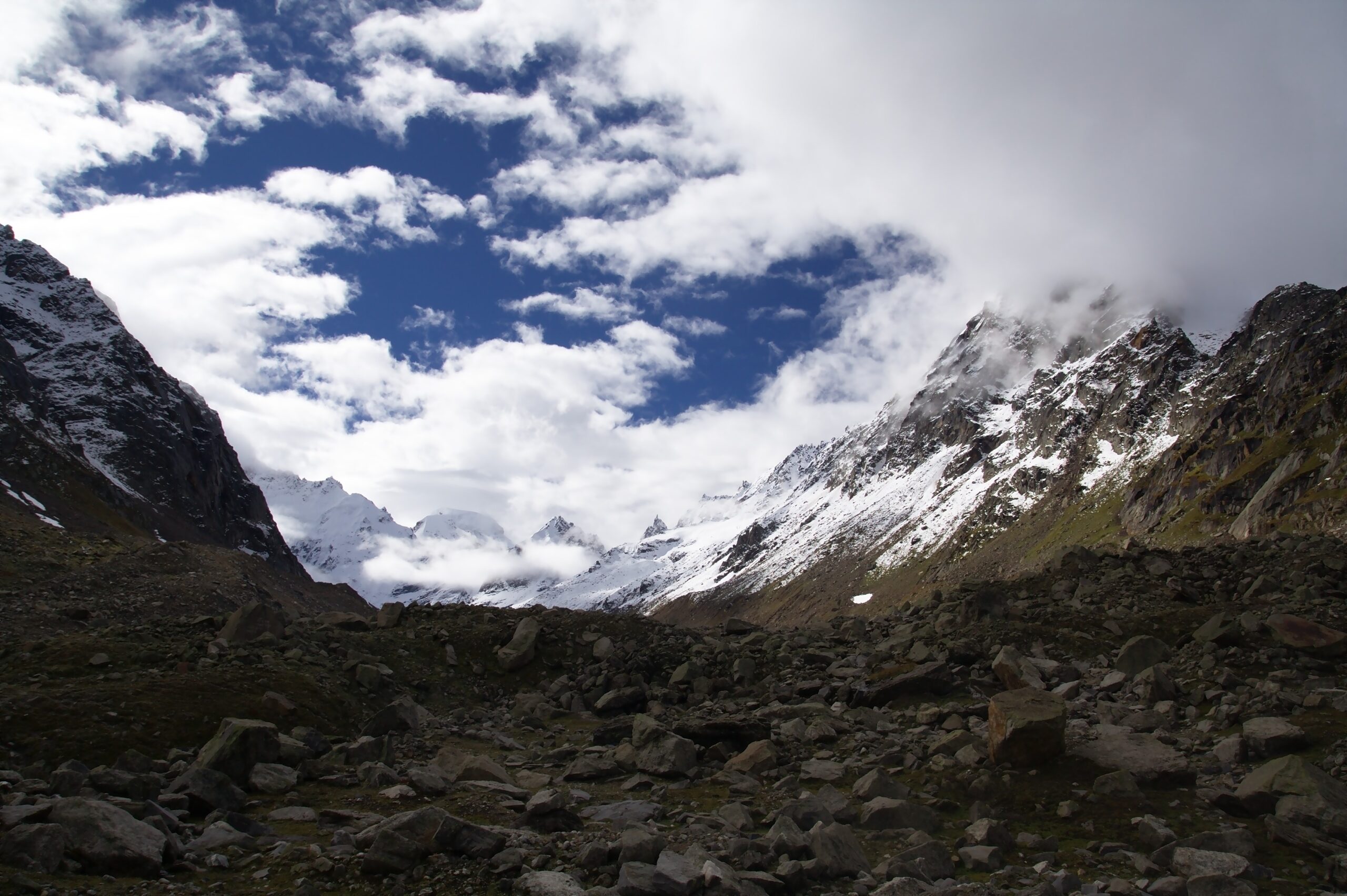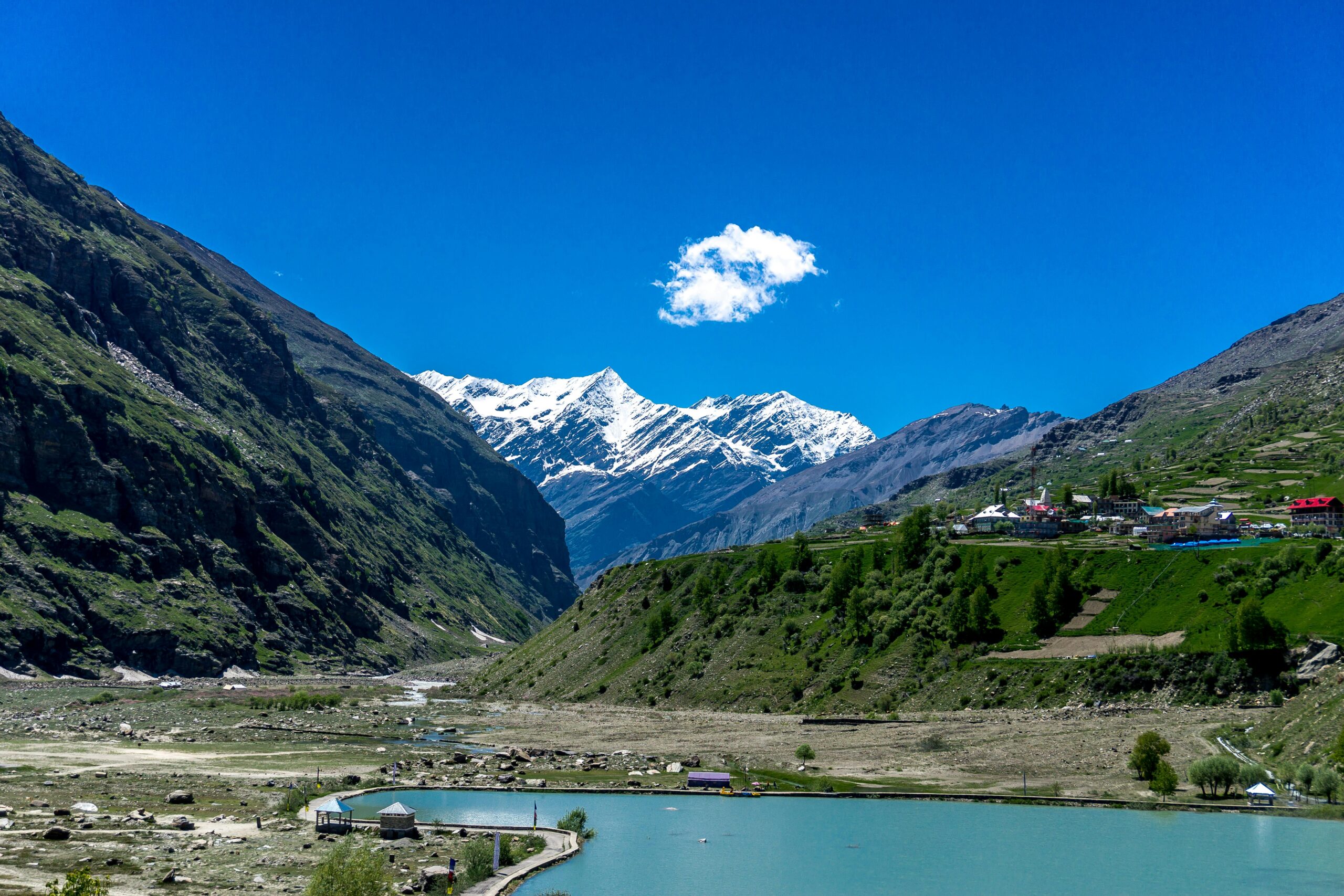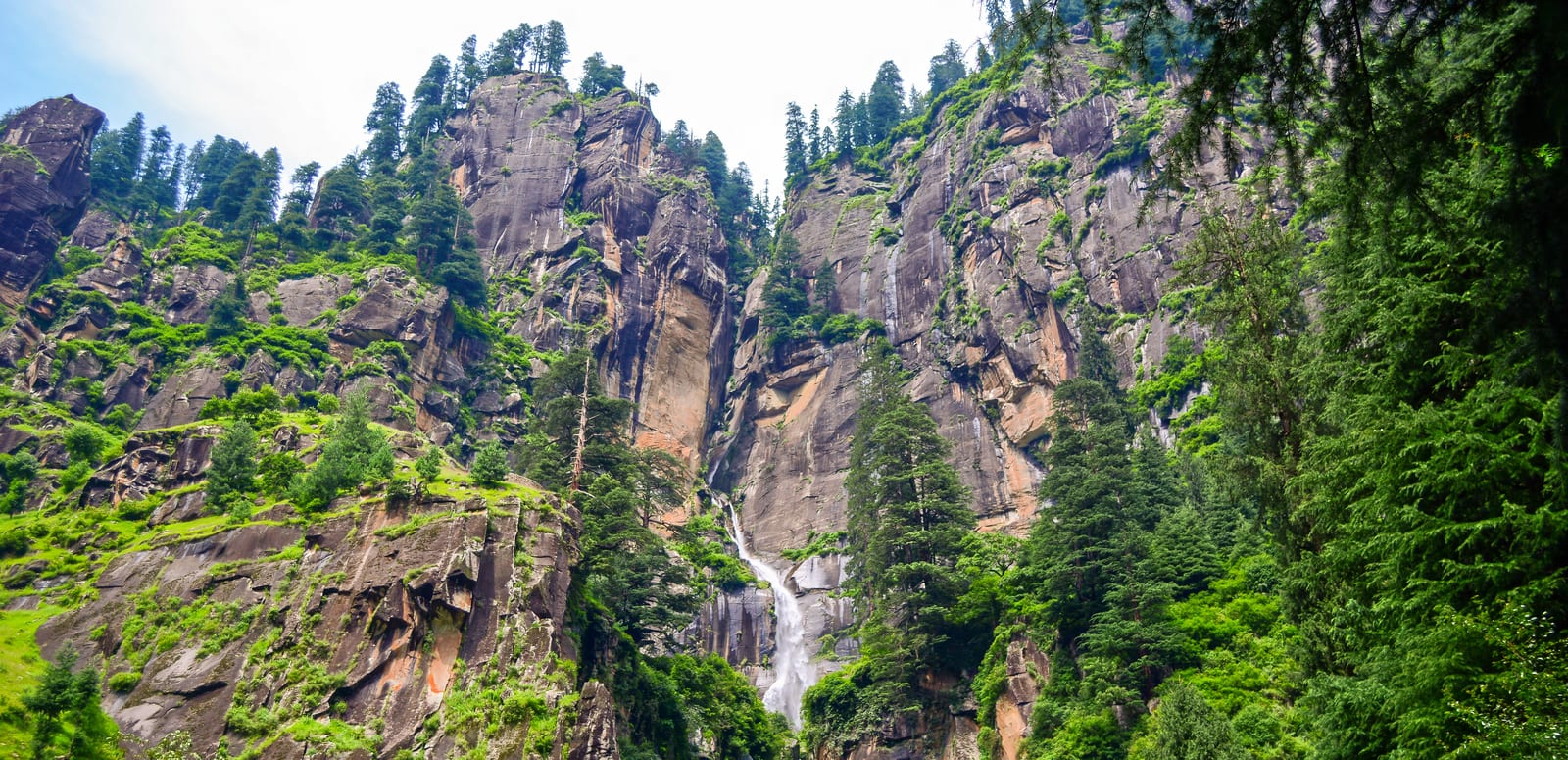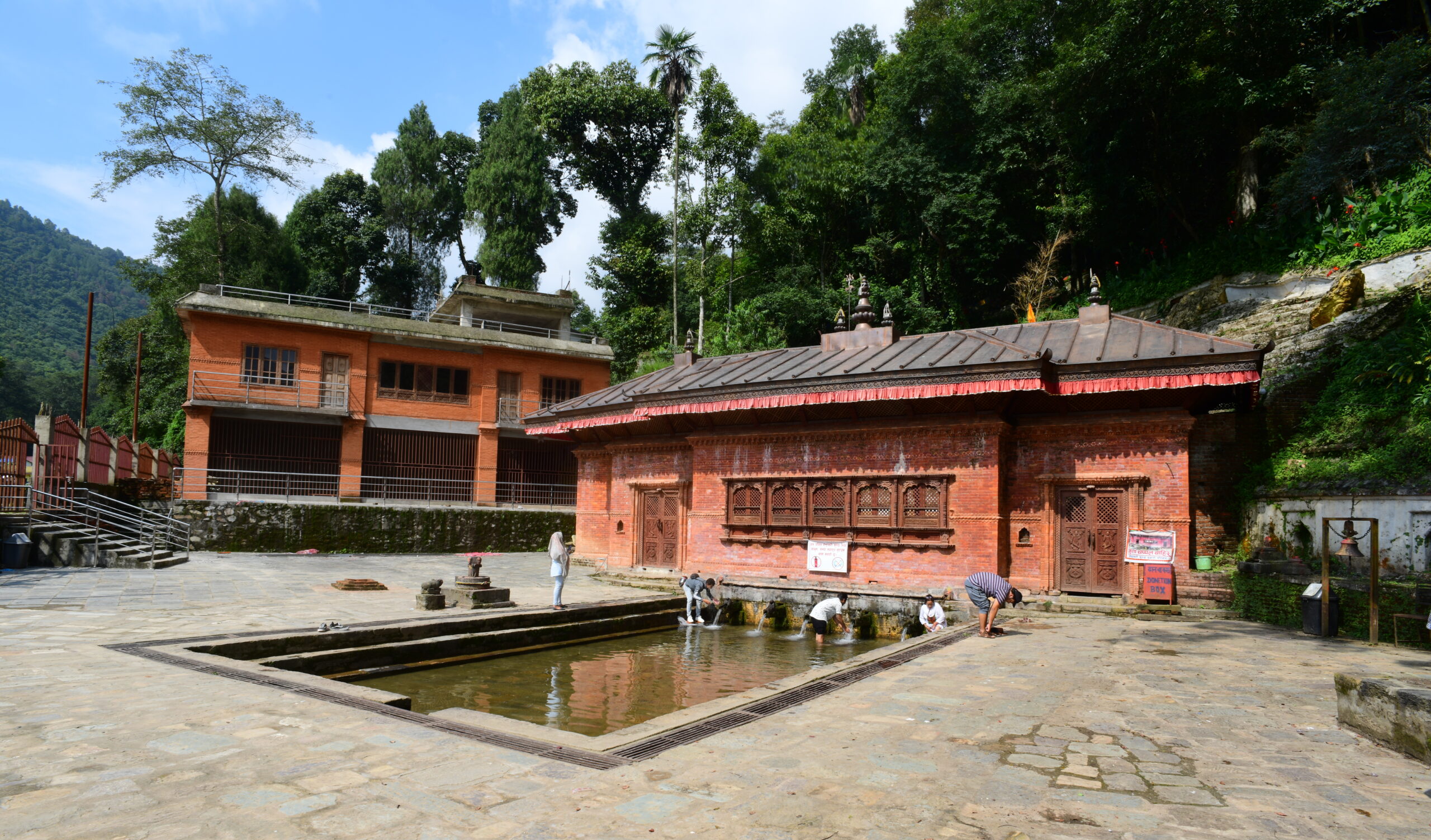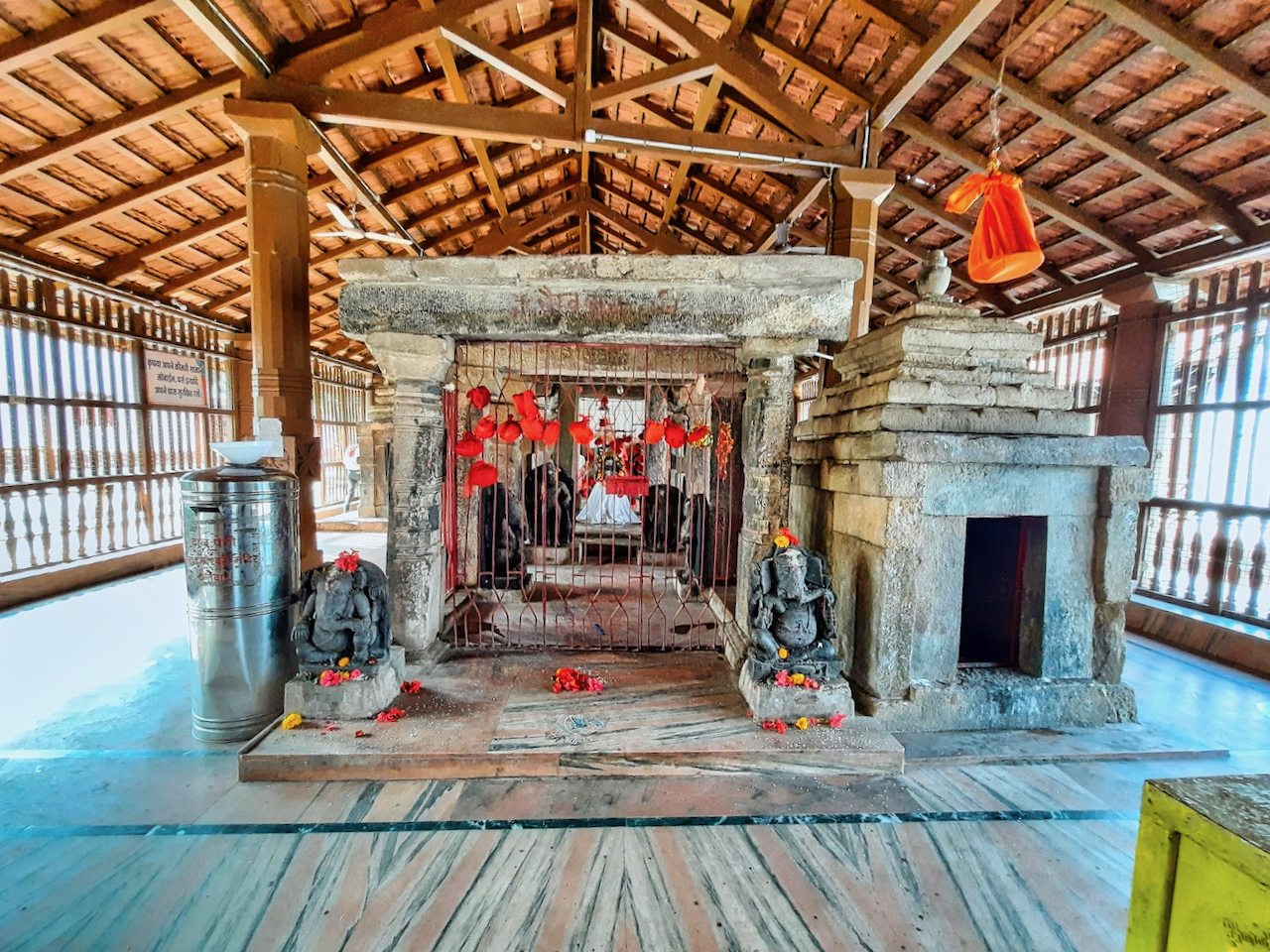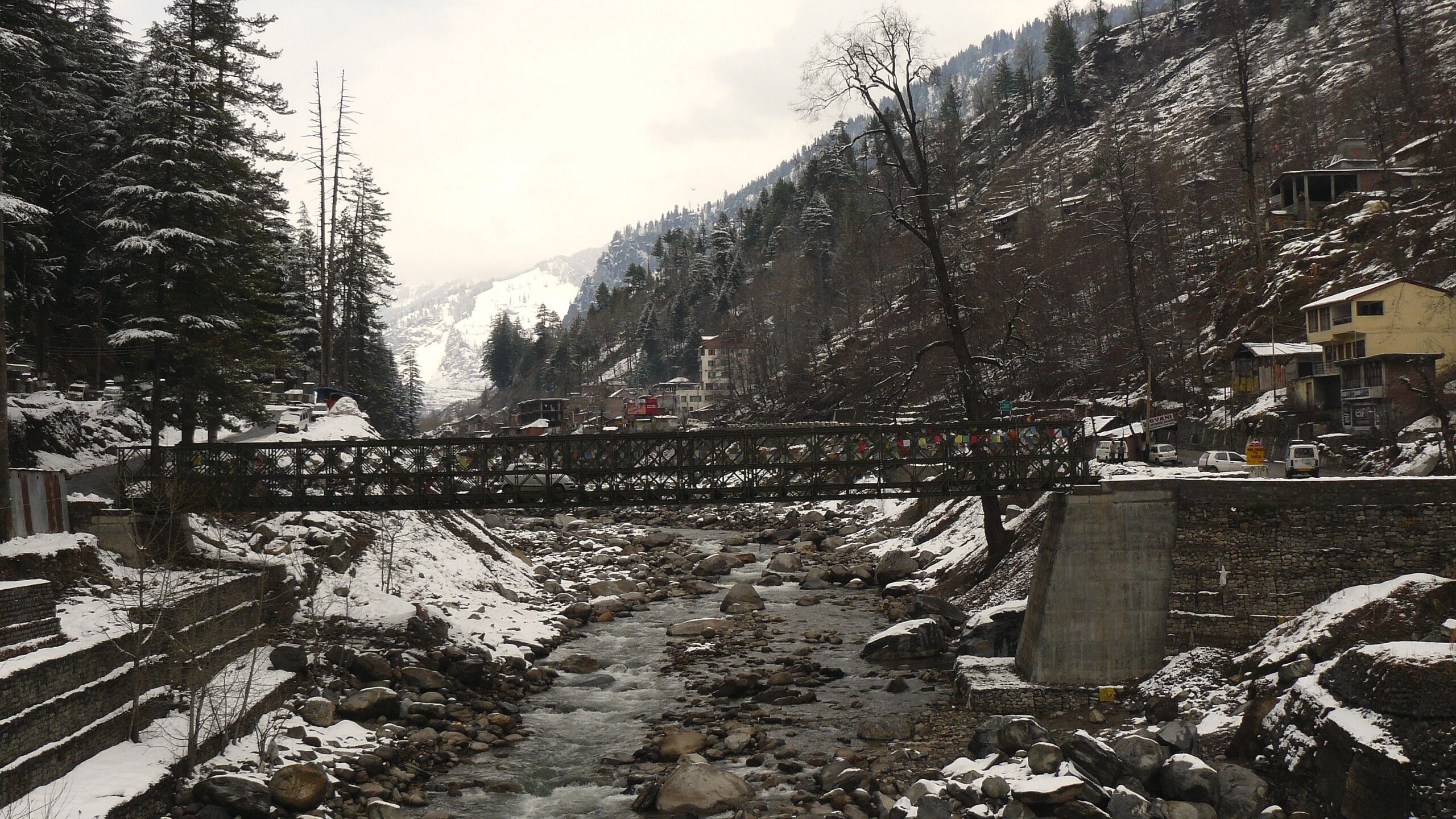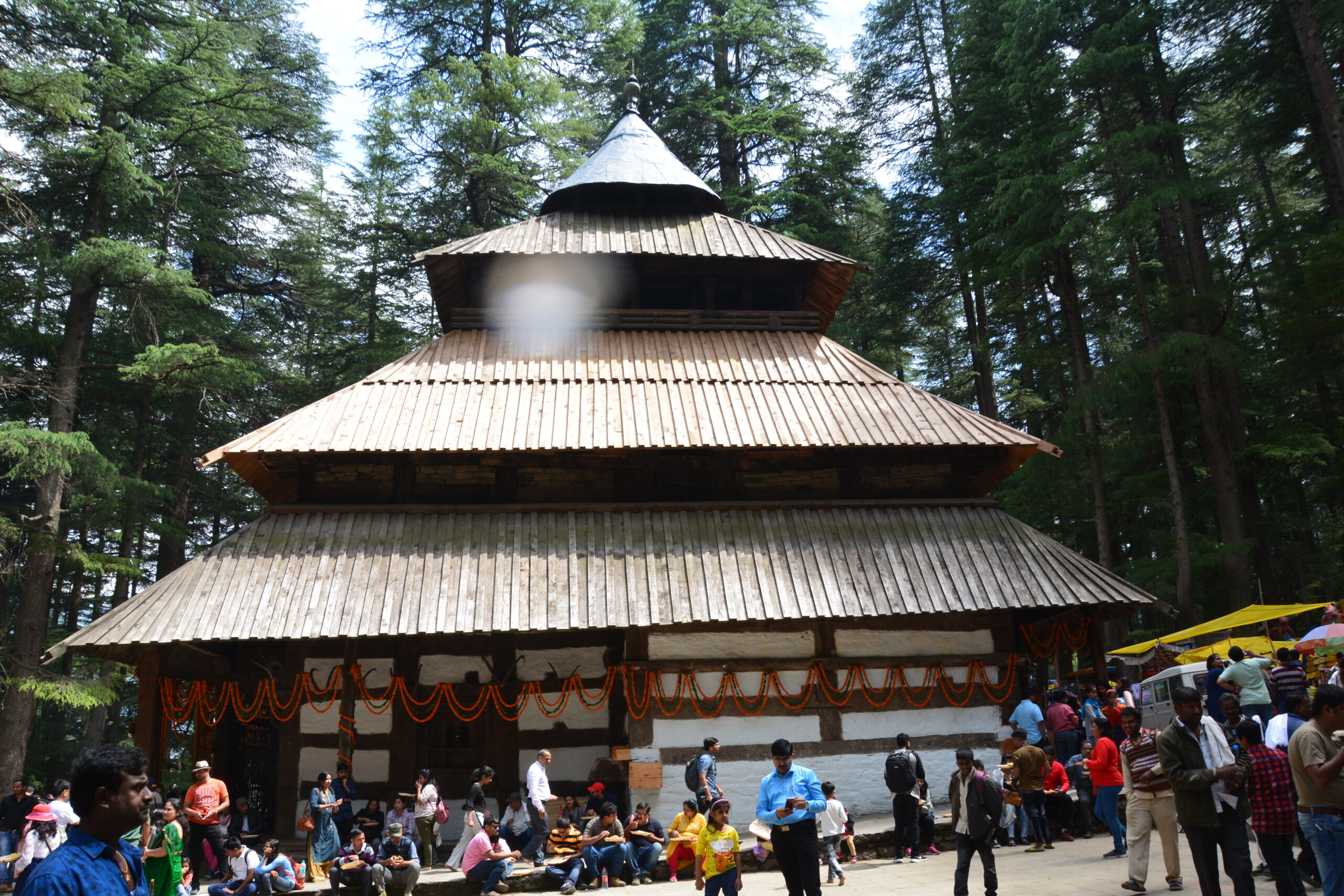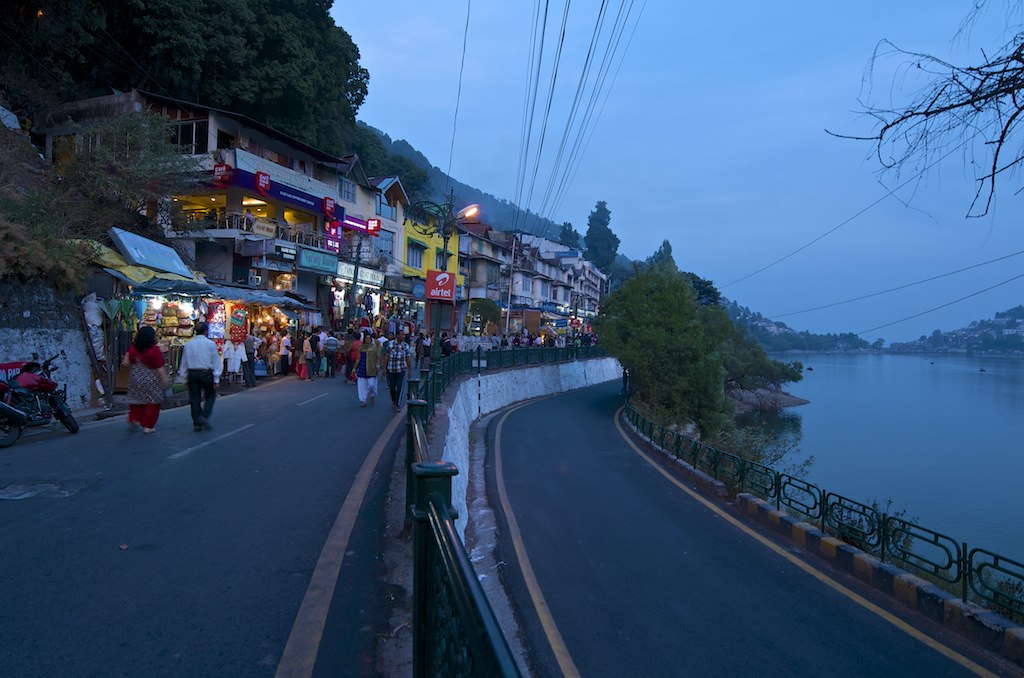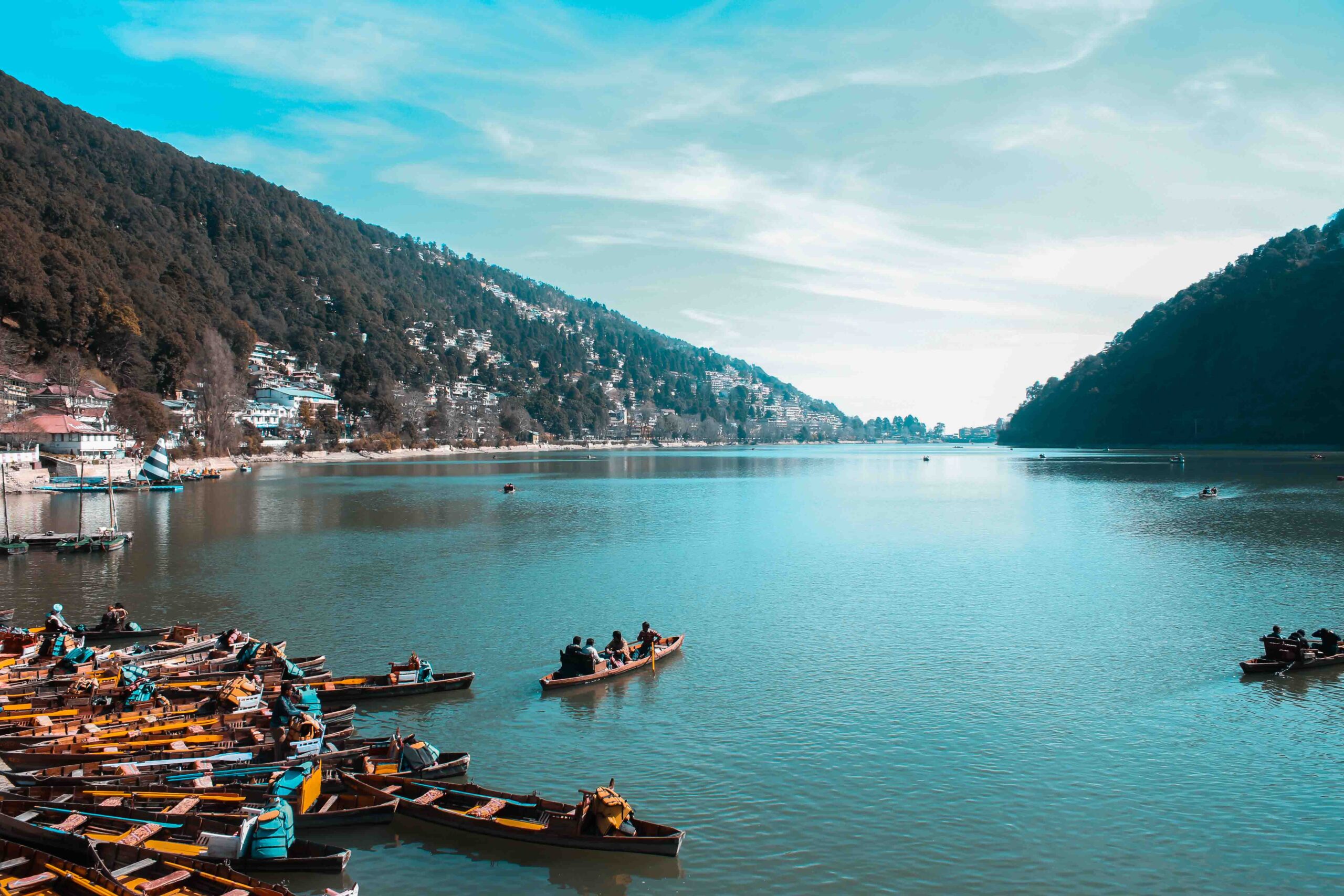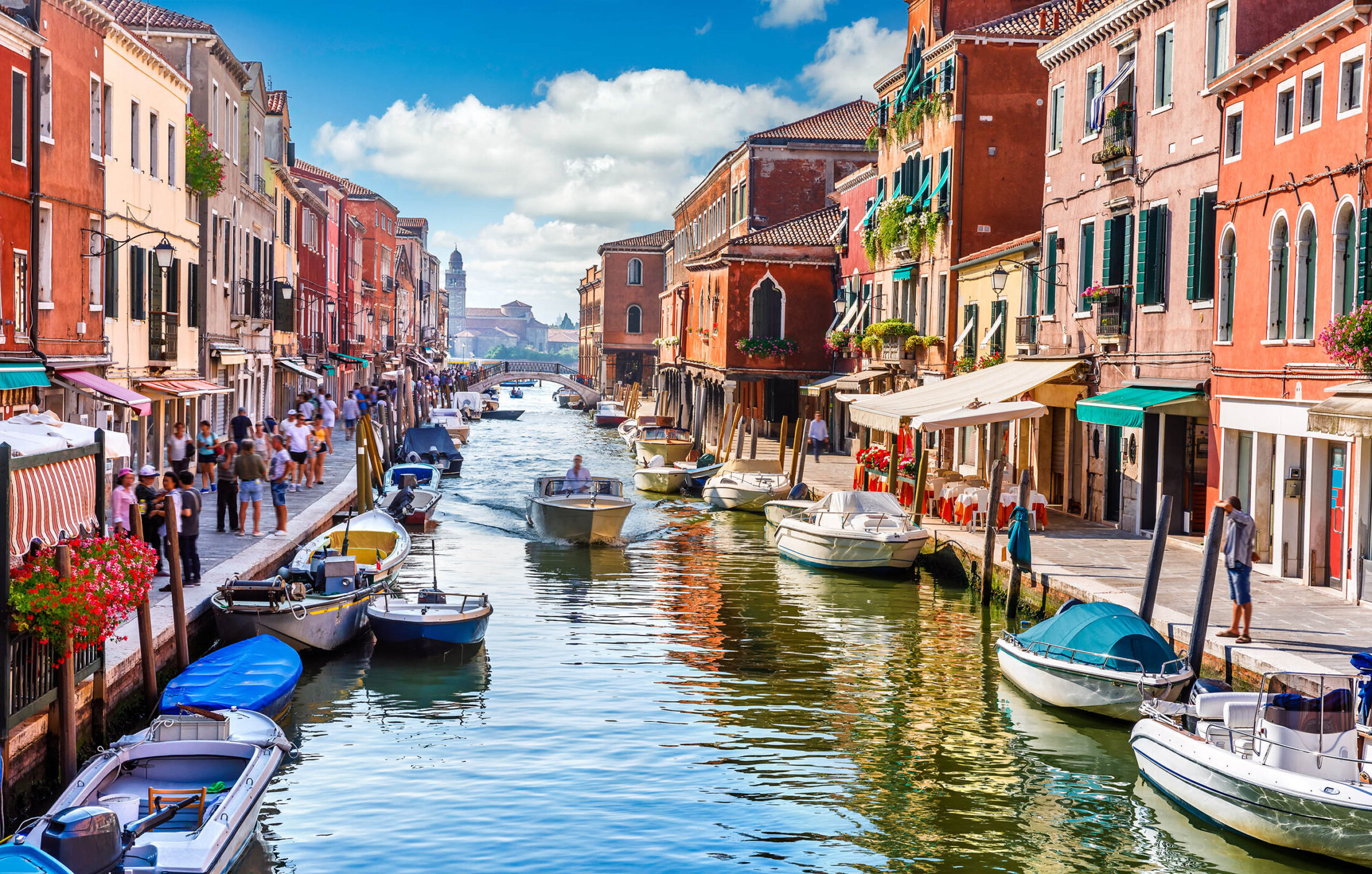
1. Hallstatt

Explore Hallstatt, a quintessential Austrian village nestled amidst the Alps and renowned as one of the best places to visit in Austria. Known for its breathtaking scenery, rich history, and charming lakeside setting, Hallstatt captivates visitors with its picturesque views and cultural allure. Discover travel tips on reaching this idyllic destination, local transportation options, accommodations ranging from lakeside hotels to cozy guesthouses, and delightful culinary experiences. Dive into our guide for essential insights and make the most of your visit to this enchanting Austrian gem.
Hallstatt, a picturesque village nestled in the Austrian Alps and known for its stunning scenery and historic charm, is a top destination in Austria.
By Train: The nearest train station to Hallstatt is Hallstatt Bahnhof. Trains from major cities like Salzburg and Vienna connect to Hallstatt with transfers. Check schedules and book tickets on the Austrian Railways website.
By Bus: Buses operate from Salzburg and other nearby towns to Hallstatt. The journey takes approximately 2-3 hours. Tickets can be purchased online or at bus stations.
By Car: Driving to Hallstatt is possible via the A1 motorway. Parking is limited in the village, and it’s advisable to park at designated areas and use local transportation.
Hallstatt is a small village that can be explored on foot, but other transportation options are available.
Walking: Most attractions in Hallstatt are within walking distance. Wander through its charming streets and visit landmarks like Hallstatt Skywalk.
Shuttle Bus: A shuttle bus operates between Hallstatt and the parking area (P1). This bus also connects the village with the Hallstatt railway station.
Boat: During peak tourist seasons, boat services operate on Lake Hallstatt, offering scenic views of the village and surrounding mountains.
Hallstatt offers a range of accommodations to suit different preferences and budgets.
Hotels: Stay at lakeside hotels like Heritage Hotel Hallstatt or Seehotel Grüner Baum, offering scenic views and starting prices from €150 per night. Heritage Hotel Hallstatt | Seehotel Grüner Baum
Guesthouses and Apartments: Charming guesthouses and apartments are available throughout Hallstatt, with prices starting from €80 per night.
Hostels: Budget-friendly options include hostels like Youth Hostel Obertraun, across Lake Hallstatt, with dormitory beds starting at approximately €25 per night.
Hallstatt offers traditional Austrian cuisine and local specialties amidst its scenic backdrop.
Local Cuisine: Try Austrian dishes like Wiener Schnitzel and Apfelstrudel at restaurants such as Gasthof Simony and Braugasthof Lobisser. Meals typically cost €15-€30 per person. Gasthof Simony | Braugasthof Lobisser
Cafes and Bakeries: Enjoy coffee and pastries at cafes like Café Derbl and Café Bäckerei Maislinger. Prices for coffee and a pastry range from €5 to €10.
Dining with a View: For breathtaking views of Lake Hallstatt, dine at restaurants like Hallstatt Hideaway. Reservation is recommended during peak seasons.
Weather: Hallstatt experiences cool summers and cold winters. Pack accordingly, with warm clothing during winter months.
Best Time to Visit: Visit Hallstatt during the shoulder seasons of spring (April to June) and autumn (September to October) for fewer crowds and pleasant weather.
Language: German is the official language, but English is widely spoken in tourist areas.
Currency and Payments: The currency is the Euro (€). Credit cards are accepted in most establishments, but it’s advisable to carry cash for smaller shops and cafes.
Explore the beauty and tranquility of Hallstatt, Austria, nestled in the heart of the Alps, offering a serene escape and unforgettable experiences for travelers.
2. Melk Abbey

Discover one of Austria’s most captivating treasures, Melk Abbey, renowned as one of the best places to visit in Austria. Perched majestically above the Danube River, Melk Abbey offers a blend of history, architecture, and spiritual significance. Learn how to reach this iconic Benedictine monastery, find local transportation tips, explore nearby accommodation options, and savor local cuisine. Dive into our guide to unlock the secrets of Melk Abbey and make the most of your visit to this cultural gem in Austria.
Melk Abbey, a stunning Benedictine monastery perched atop a hill overlooking the Danube River, is a must-visit attraction in Austria.
By Train: Travel from Vienna to Melk by train, with direct services available. The journey takes approximately 1.5 hours. Check schedules and book tickets on the Austrian Railways website.
By Car: Driving to Melk Abbey is possible via the A1 motorway from Vienna or Salzburg. Parking is available near the abbey for a fee.
By River Cruise: Many Danube River cruises include a stop at Melk Abbey. Check with cruise operators for schedules and packages.
Melk Abbey is located in the town of Melk, easily navigable on foot from the train station.
Walking: The abbey is within walking distance from the Melk train station. Explore the town on foot, enjoying its quaint streets and historical buildings.
Local Buses: Local buses operate within Melk, connecting different parts of the town. Tickets can be purchased on board or at designated kiosks.
While Melk itself is small, there are accommodation options nearby to suit various preferences.
Hotels: Stay in Melk town at hotels like Hotel Restaurant zur Post or Hotel Wachau, offering comfortable rooms and starting prices from €80 per night.
Guesthouses and Apartments: Consider guesthouses and apartments in Melk for a more local experience. Prices start from €60 per night.
Explore local cuisine and dining options near Melk Abbey.
Local Restaurants: Enjoy Austrian dishes at Gasthaus zum Goldenen Engel or Restaurant Zum Schwarzen Bären. Meals typically cost €15-€25 per person. Gasthaus zum Goldenen Engel | Restaurant Zum Schwarzen Bären
Cafes and Bakeries: Sample local pastries and coffee at cafes like Cafe-Restaurant Gruber or Cafe-Konditorei Schmidl. Prices for coffee and a pastry range from €5 to €10.
Guided Tours: Consider joining a guided tour of Melk Abbey to learn about its history and architecture in detail.
Photography: Photography is permitted inside the abbey, but be mindful of any restrictions during guided tours.
Opening Hours: Check the official website of Melk Abbey for current opening hours and any special events or closures. Melk Abbey Official Website
Weather: Melk experiences moderate weather year-round. Check the forecast and pack accordingly.
Discover the cultural and architectural marvel of Melk Abbey, offering a glimpse into Austria’s rich heritage and spiritual legacy. Plan your visit with our guide to ensure a memorable experience in this historic treasure.
3. Grossglockner High Alpine Road

Explore one of Austria’s most spectacular scenic routes, the Grossglockner High Alpine Road, celebrated as one of the best places to visit in Austria. This iconic mountain pass winds through the majestic Austrian Alps, offering unparalleled vistas of snow-capped peaks, lush meadows, and pristine glaciers. Discover essential travel tips on reaching this renowned road, navigating local transportation options, finding nearby accommodations, and savoring Alpine cuisine. Embark on a journey through Austria’s natural splendor with our guide to the Grossglockner High Alpine Road, ensuring a memorable experience amidst breathtaking landscapes.
The Grossglockner High Alpine Road is a scenic mountain pass road that winds through the Austrian Alps, offering breathtaking views and access to the country’s highest peak, Grossglockner.
By Car: The most convenient way to reach Grossglockner High Alpine Road is by car. It is accessible via the towns of Zell am See in the north and Lienz in the south. The road is well-signposted from these towns.
By Public Transport: There are limited public transport options to reach the Grossglockner High Alpine Road directly. However, buses operate from nearby towns like Zell am See and Heiligenblut, providing access to the road.
By Tour: Many tour operators offer guided tours to Grossglockner High Alpine Road from major cities like Salzburg and Innsbruck. Check with local tour companies for schedules and pricing.
Once on the Grossglockner High Alpine Road, personal vehicles are the primary mode of transportation.
Driving: The road itself is the main attraction, winding through stunning Alpine landscapes. Drive carefully and be prepared for narrow stretches and occasional road closures due to weather conditions.
Cycling: Cycling enthusiasts can also explore Grossglockner High Alpine Road. Bicycle rentals are available in towns like Zell am See and Heiligenblut.
Accommodation options near Grossglockner High Alpine Road cater to different preferences, from hotels to guesthouses.
Hotels: Stay in towns like Zell am See or Heiligenblut, offering a range of hotels with views of the Alps. Prices start from €80 per night.
Guesthouses and Apartments: For a more intimate experience, consider guesthouses or holiday apartments in nearby villages. Prices start from €60 per night.
Enjoy Austrian cuisine and Alpine specialties during your visit to Grossglockner High Alpine Road.
Mountain Restaurants: Stop at scenic viewpoints and mountain huts along the road for traditional dishes like Kaiserschmarrn and hearty soups. Prices range from €10 to €20 per meal.
Picnic: Pack a picnic and enjoy it at one of the designated picnic areas along the road, surrounded by panoramic views of the Alps.
Weather: Check the weather forecast before traveling, as conditions can change rapidly in the Alps. The road is usually open from May to October, depending on snow conditions.
Visitor Centers: Visit the Grossglockner High Alpine Road Visitor Centers at Ferleiten and Kaiser-Franz-Josefs-Höhe for information on the road conditions, attractions, and exhibitions.
Nature and Hiking: Explore the Alpine flora and fauna with short hikes and nature trails accessible from designated parking areas along the road.
Experience the breathtaking beauty and Alpine grandeur of Grossglockner High Alpine Road, a scenic journey through Austria’s spectacular landscapes. Plan your trip with our guide to ensure an unforgettable adventure in the heart of the Alps.
4. Salzkammergut

Explore the breathtaking beauty of Salzkammergut, one of the most beautiful places in Austria. Nestled amidst stunning lakes and picturesque villages, Salzkammergut captivates visitors with its natural charm and cultural heritage. Discover essential travel tips on reaching this enchanting region, navigating local transportation, finding cozy accommodations, and savoring authentic Austrian cuisine. Immerse yourself in the serene landscapes and rich history of Salzkammergut for an unforgettable Austrian adventure.
Salzkammergut, a picturesque region known for its stunning lakes, rolling hills, and charming villages, is a must-visit destination in Austria.
By Car: The most convenient way to explore Salzkammergut is by car. It is accessible via the A1 and A10 motorways from Vienna or Salzburg. Parking is available in towns and villages throughout the region.
By Train: Travel by train to major towns in Salzkammergut like Hallstatt, Bad Ischl, or St. Wolfgang. Trains run regularly from Vienna and Salzburg, with scenic routes along the way.
By Bus: Local buses operate between towns and villages within Salzkammergut. Check schedules and routes on the Oberösterreichische Verkehrsverbund website.
Salzkammergut offers various transportation options for exploring its natural beauty and cultural sites.
Boat Cruises: Take a scenic boat cruise on Lake Hallstatt or Lake Wolfgang, offering panoramic views of the region’s lakeside villages.
Bicycles: Rent bicycles to explore the scenic cycling routes around Salzkammergut. Rentals are available in towns like Hallstatt and St. Wolfgang.
Local Buses: Use local buses to travel between towns and attractions within Salzkammergut. Purchase tickets from bus stations or on board.
Accommodation in Salzkammergut ranges from luxury hotels to cozy guesthouses and holiday apartments.
Hotels: Stay in lakeside hotels like Hotel Sarstein in Hallstatt or Seehotel Grüner Baum in St. Wolfgang, offering stunning lake views and starting prices from €100 per night. Hotel Sarstein | Seehotel Grüner Baum
Guesthouses and Apartments: Explore guesthouses and apartments in picturesque villages like Bad Ischl or St. Gilgen, with prices starting from €70 per night.
Hostels: Budget-friendly options include hostels like Youth Hostel Bad Ischl, with dormitory beds starting at approximately €25 per night.
Indulge in Austrian cuisine and local delicacies during your stay in Salzkammergut.
Local Cuisine: Sample traditional dishes like Wiener Schnitzel and Kasnocken at restaurants such as Gasthof Zauner in Bad Ischl or Gasthof Weißes Rössl in St. Wolfgang. Meals typically cost €15-€30 per person.
Cafes and Bakeries: Enjoy coffee and pastries at cafes like Konditorei Zauner in Bad Ischl or Konditorei Dallmann in St. Wolfgang. Prices for coffee and a pastry range from €5 to €10.
Weather: Salzkammergut experiences mild summers and cold winters. Pack accordingly, especially if visiting during the ski season.
Outdoor Activities: Explore hiking trails around Lake Wolfgang or enjoy water sports on Lake Hallstatt during the summer months.
Local Events: Check for local festivals and events, such as the Lake Wolfgangsee Advent, offering unique cultural experiences throughout the year.
Experience the natural beauty and cultural richness of Salzkammergut, Austria, with our guide to planning your visit. Whether you’re seeking outdoor adventures or cultural exploration, Salzkammergut promises an unforgettable journey through its enchanting landscapes.
5. Tyrol

Discover the captivating allure of Tyrol, Austria, renowned for its breathtaking alpine landscapes and picturesque villages. Nestled in the heart of the Austrian Alps, Tyrol beckons travelers with its majestic mountains, pristine lakes, and charming towns. Explore essential travel tips on reaching this scenic region, navigating local transportation, finding cozy accommodations, and savoring authentic Tyrolean cuisine. Immerse yourself in the natural beauty and cultural richness of Tyrol for an unforgettable Austrian getaway amidst some of the most beautiful places in Austria.
Tyrol, nestled in the heart of the Austrian Alps, is renowned for its majestic mountains, charming villages, and outdoor activities.
By Air: The nearest international airports are in Innsbruck and Salzburg. From there, you can reach Tyrol by train, bus, or rental car.
By Train: Tyrol is well-connected by train from major cities like Vienna, Salzburg, and Munich. Trains to Innsbruck and other towns within Tyrol run regularly.
By Car: Driving is convenient, with highways connecting Tyrol to neighboring regions. Parking is available in towns and at popular attractions.
Getting around Tyrol is efficient, with various transportation options to explore its scenic beauty.
Regional Trains and Buses: Public transport operates between towns and villages in Tyrol. Purchase tickets at stations or online through ÖBB or IVB websites.
Mountain Transport: Cable cars and funiculars operate in ski resorts and mountainous areas. Check schedules and prices at local tourist offices.
Tyrol offers a range of accommodations from luxurious resorts to cozy guesthouses.
Hotels: Stay at resorts like Interalpen-Hotel Tyrol or Hotel Jagdhof, offering spa facilities and panoramic views. Prices start from €150 per night.
Guesthouses and Apartments: Explore guesthouses in picturesque villages like Seefeld or Mayrhofen, with prices starting from €80 per night.
Alpine Huts: Experience rustic accommodations in mountain huts (Almhütten) for a unique Tyrolean experience. Booking in advance is recommended.
Indulge in Tyrolean cuisine and local specialties during your visit to Tyrol.
Traditional Restaurants: Enjoy dishes like Käsespätzle and Tiroler Gröstl at restaurants such as Gasthof Schöneck in Innsbruck or Gasthof Hirschen in Seefeld. Meals typically cost €15-€25 per person. Gasthof Schöneck | Gasthof Hirschen
Après-Ski: After a day of skiing, unwind at après-ski bars and taverns in resorts like Sölden or Ischgl, known for lively nightlife and Tyrolean hospitality.
Outdoor Activities: Tyrol offers year-round outdoor activities such as skiing in winter and hiking in summer. Check weather conditions and trails before heading out.
Cultural Events: Experience Tyrolean traditions at festivals like the Innsbruck Christmas Market or the Almabtrieb (cattle drive) in autumn.
Language: German is the official language. English is widely spoken in tourist areas, but basic German phrases can be helpful.
Discover the Alpine beauty and cultural richness of Tyrol, Austria, with our guide to planning your visit. Whether you seek adventure on the slopes or relaxation in picturesque villages, Tyrol promises an unforgettable experience in the heart of the Alps.
6. Vienna

Discover the enchanting city of Vienna, Austria, one of the most beautiful places in Austria. Known for its imperial architecture, vibrant arts scene, and rich history, Vienna offers a unique blend of old-world charm and modern sophistication. Whether you’re exploring its stunning palaces, savoring traditional Viennese cuisine, or enjoying world-class music, Vienna is a must-visit destination in Austria. Dive into our guide to learn how to reach this magnificent city, navigate local transportation, find the best accommodations, and enjoy its culinary delights.
Vienna, Austria’s capital, is a city of imperial grandeur and modern vibrancy, making it a must-visit destination.
By Air: Vienna International Airport (VIE) is the main airport, located about 18 km southeast of the city center. The City Airport Train (CAT) takes you to the city center in 16 minutes for around €12.
By Train: Vienna is well-connected by train to major European cities. The main stations are Vienna Hauptbahnhof and Wien Westbahnhof.
By Car: Driving to Vienna is convenient via the A1, A2, and A4 motorways. Parking is available but can be expensive; consider using park-and-ride facilities.
Vienna offers an excellent public transportation system, making it easy to explore the city.
Metro (U-Bahn): The U-Bahn is the fastest way to get around Vienna, with five lines covering the city. Single tickets cost €2.40, and day passes start at €8.
Trams and Buses: Trams and buses cover areas not served by the U-Bahn. They are reliable and frequent, with the same ticketing system as the U-Bahn.
Biking: Vienna is bike-friendly, with numerous rental options. Citybike Wien offers free rides for the first hour, with a registration fee of €1.
Accommodation in Vienna ranges from luxury hotels to budget-friendly hostels.
Hotels: For luxury, consider the Hotel Sacher Vienna or Palais Hansen Kempinski, with prices starting from €300 per night.
Mid-Range: Options like Austria Trend Hotel or Motel One Wien-Hauptbahnhof offer comfort and good locations, with prices starting from €100 per night.
Hostels: Budget travelers can opt for hostels like Wombat’s City Hostel or Meininger Hotel Vienna Downtown Franz, with dormitory beds starting at €25 per night.
Vienna is known for its culinary delights, from traditional Austrian dishes to international cuisine.
Traditional Viennese Restaurants: Enjoy Wiener Schnitzel and Sachertorte at places like Figlmüller or Café Sacher. Meals typically cost €15-€30 per person.
Street Food: Sample street food at Naschmarkt, where you can find a variety of local and international dishes. Prices range from €5 to €15.
Cafés: Experience Viennese coffee culture at iconic cafés like Café Central or Café Landtmann, with coffee and pastries costing around €10.
Sightseeing Passes: Consider purchasing the Vienna Pass, which offers free entry to many attractions and unlimited use of hop-on-hop-off buses. Prices start from €79 for a one-day pass. Vienna Pass
Walking Tours: Join a walking tour to explore Vienna’s historic center and learn about its history and architecture. Free walking tours are available, with tips appreciated.
Cultural Events: Check for local events and performances, such as the Vienna State Opera or concerts at the Musikverein. Tickets vary in price, with some affordable options available for standing room. Vienna State Opera | Musikverein
Discover the imperial elegance and modern charm of Vienna with our comprehensive guide. Whether you’re exploring historic palaces, savoring traditional cuisine, or enjoying the vibrant arts scene, Vienna promises an unforgettable experience in one of the most beautiful places in Austria.
7. Salzburg

Discover the enchanting city of Salzburg, Austria, one of the best places to visit in Austria. Known for its stunning baroque architecture, musical heritage as the birthplace of Mozart, and breathtaking Alpine views, Salzburg offers a unique blend of cultural and natural beauty. Explore essential travel tips on how to reach this historic city, navigate local transportation, find the best accommodations, and savor its delightful culinary offerings. Salzburg is a must-visit destination for anyone seeking the quintessential Austrian experience.
Salzburg, the birthplace of Mozart and home to stunning baroque architecture, is one of the most beautiful places in Austria.
By Air: Salzburg Airport (W.A. Mozart) is located about 4 km from the city center. The No. 2 trolleybus connects the airport to the main train station in about 20 minutes for approximately €2.70.
By Train: Salzburg Hauptbahnhof (main train station) is well-connected to major cities in Austria and Europe. Trains from Vienna take about 2.5 hours and cost around €25-€50.
By Car: Salzburg is accessible via the A1 and A10 motorways. Parking is available in the city center and at P+R (Park and Ride) facilities, with daily rates starting at €10.
Navigating Salzburg is easy with its efficient public transportation system.
Buses and Trolleybuses: The Salzburg Verkehr system covers the entire city. Single tickets cost €2.70, while 24-hour tickets are available for €6.30.
Biking: Salzburg is bike-friendly with many rental options. The city offers dedicated bike lanes and rental services like Nextbike, costing around €1 per half hour.
Walking: Salzburg’s compact city center is perfect for walking. Major attractions are within walking distance of each other, allowing you to explore at your own pace.
Salzburg offers a variety of accommodations to suit all budgets.
Hotels: For luxury, consider Hotel Sacher Salzburg or Hotel Goldener Hirsch, with prices starting from €300 per night.
Mid-Range: Options like Hotel Imlauer & Bräu or Star Inn Hotel offer comfort and convenience, with prices starting from €100 per night.
Hostels: Budget travelers can stay at hostels like YoHo International Youth Hostel or MEININGER Hotel Salzburg City Center, with dormitory beds starting at €25 per night. YoHo International Youth Hostel
Salzburg boasts a rich culinary scene with traditional Austrian dishes and international cuisine.
Traditional Restaurants: Enjoy local dishes like Wiener Schnitzel and Salzburger Nockerl at restaurants such as St. Peter Stiftskeller and Gasthaus Zwettler’s. Meals typically cost €15-€30 per person. Gasthaus Zwettler’s
Cafés: Experience Salzburg’s café culture at Café Tomaselli or Café Sacher, where coffee and pastries like Sachertorte are a must-try. Prices range from €5 to €15.
Street Food and Markets: Visit Grünmarkt or Schrannenmarkt for fresh local produce, meats, and cheeses. Prices vary but expect to spend €10-€20 for a hearty meal.
Sightseeing Pass: The Salzburg Card offers free admission to many attractions, free public transport, and discounts on tours. Prices start at €29 for a 24-hour card.
Cultural Events: Salzburg is famous for its festivals, such as the Salzburg Festival and Mozart Week. Check schedules and book tickets in advance.
Language: German is the official language. While many people speak English, learning a few basic German phrases can enhance your experience.
Experience the historical charm and cultural richness of Salzburg with our comprehensive guide. Whether you’re exploring Mozart’s birthplace, enjoying a classical concert, or savoring local cuisine, Salzburg promises an unforgettable journey through one of the most beautiful places in Austria.

